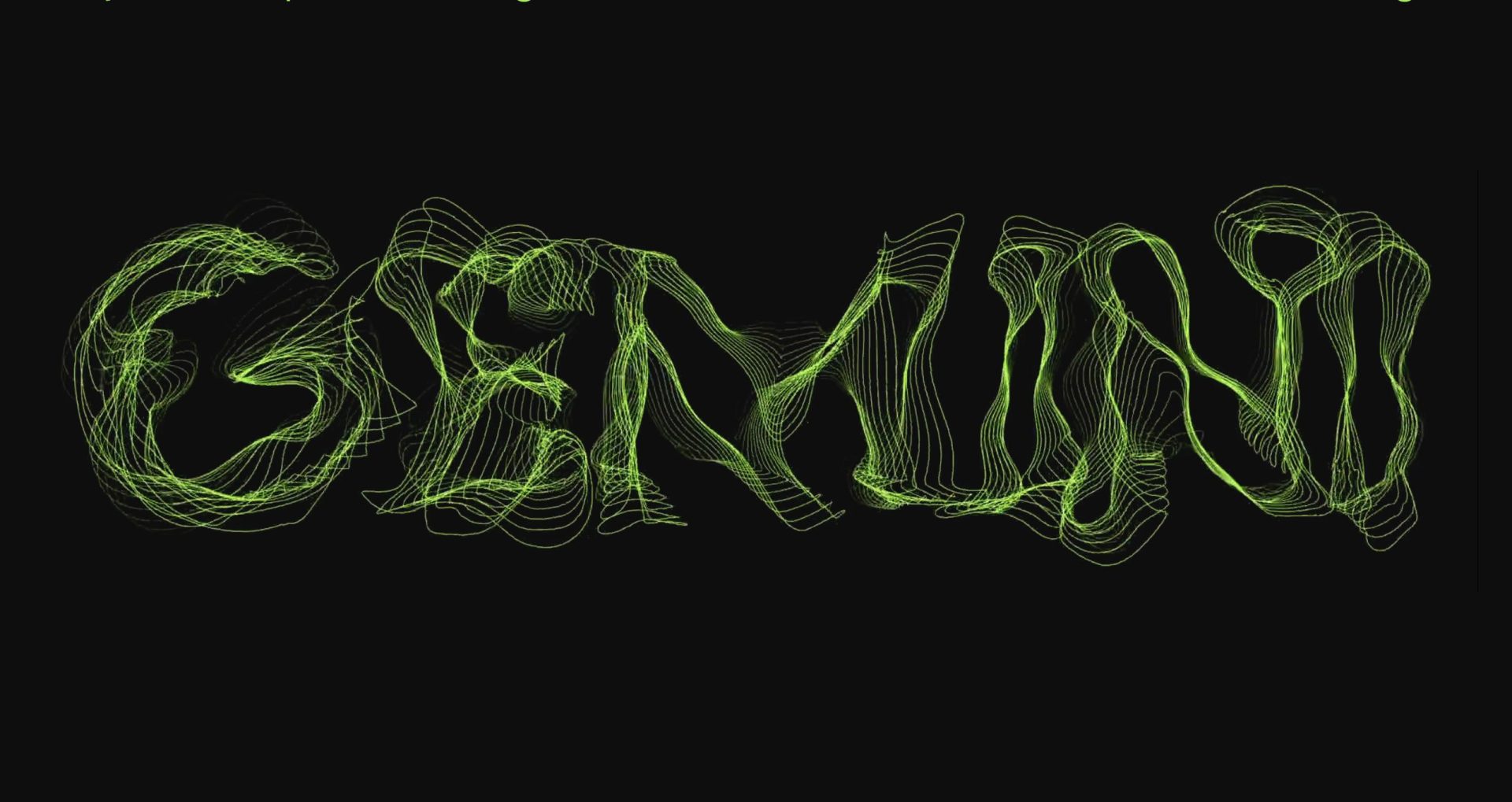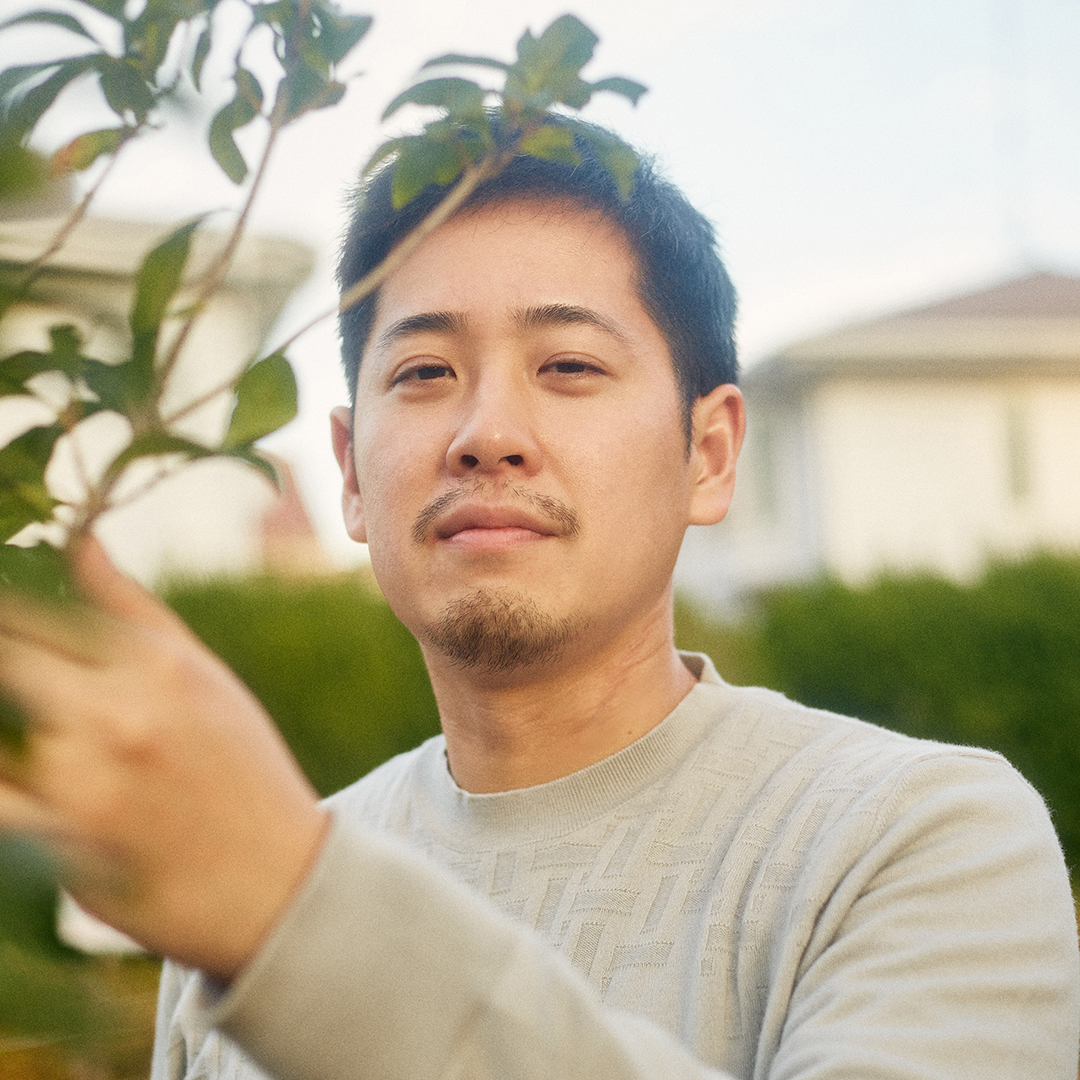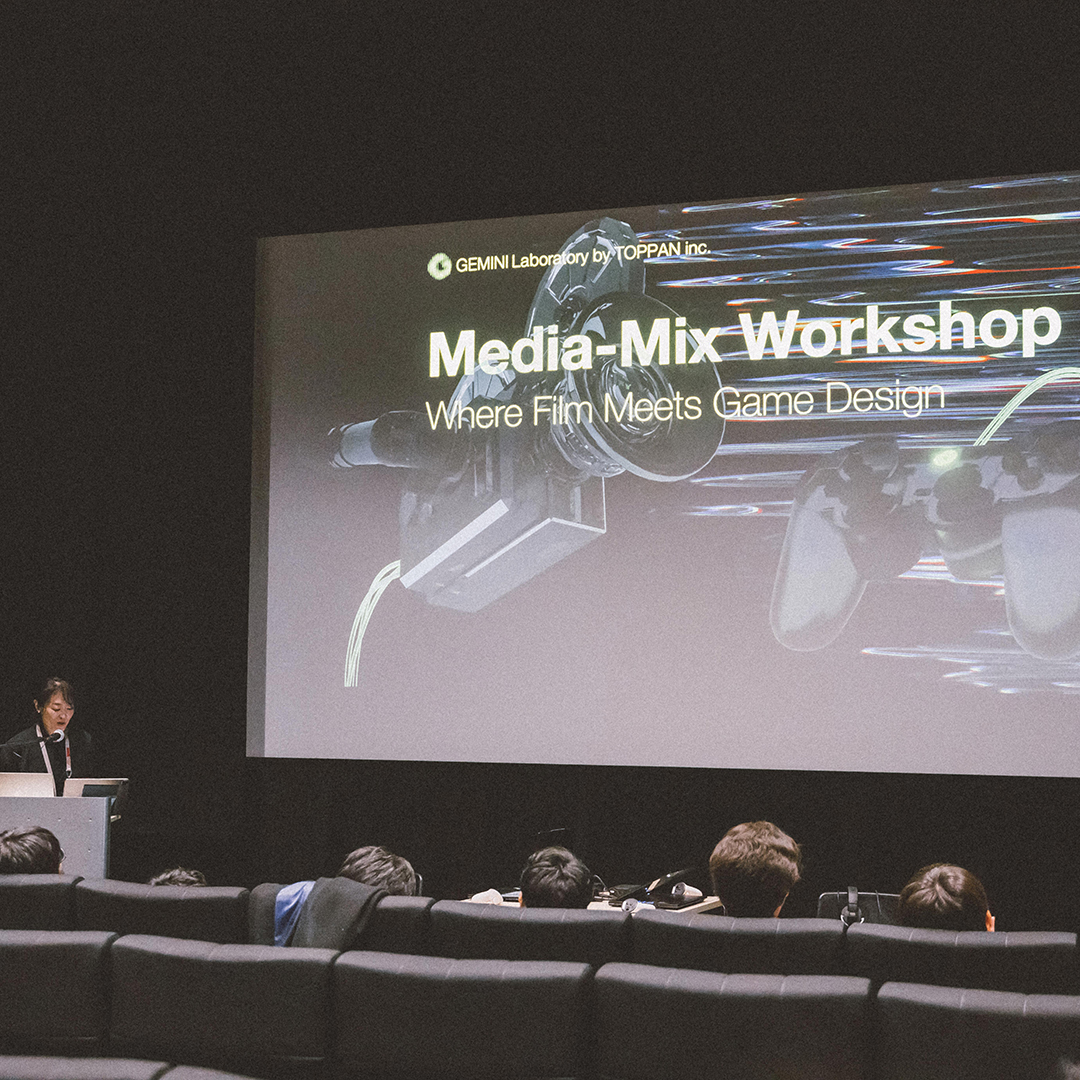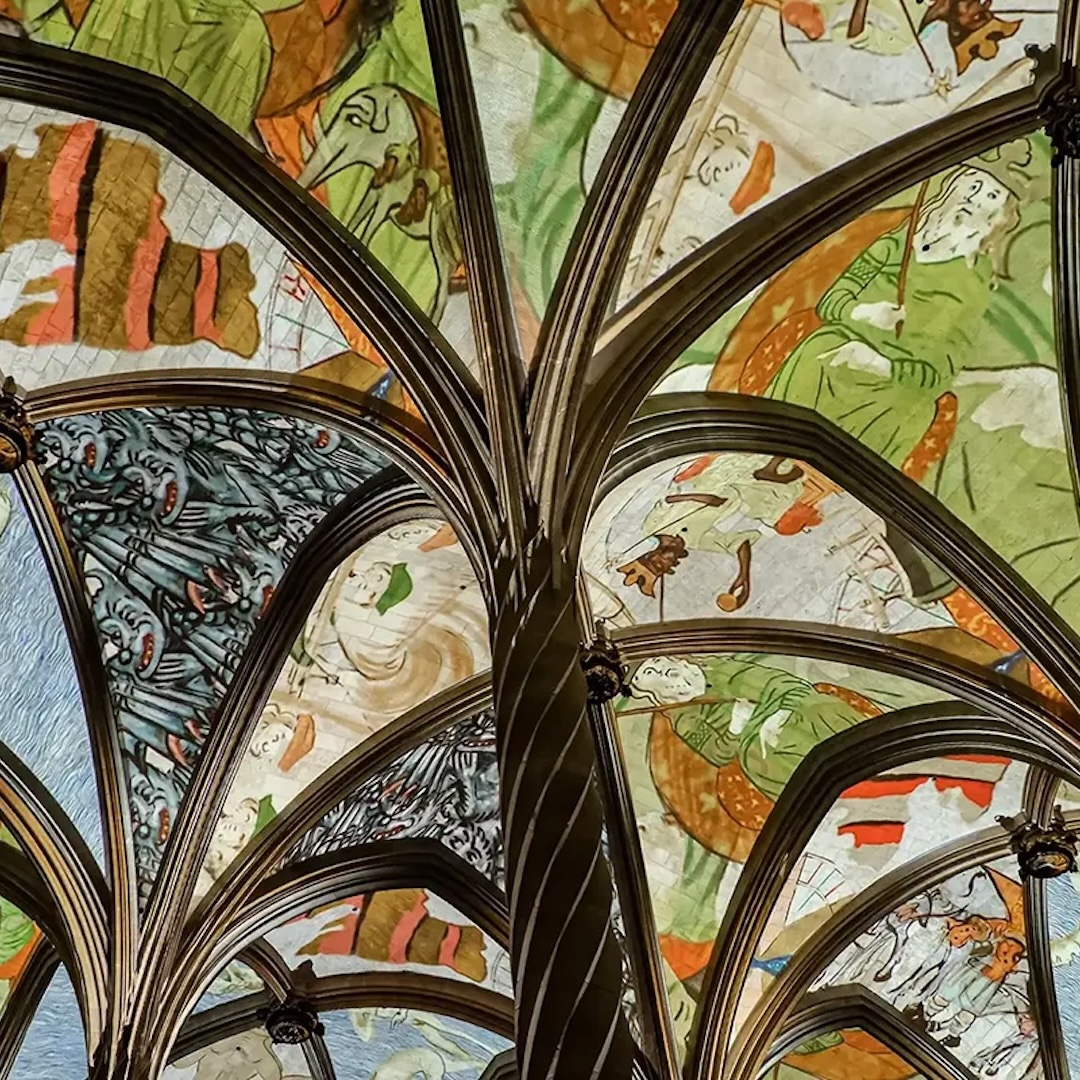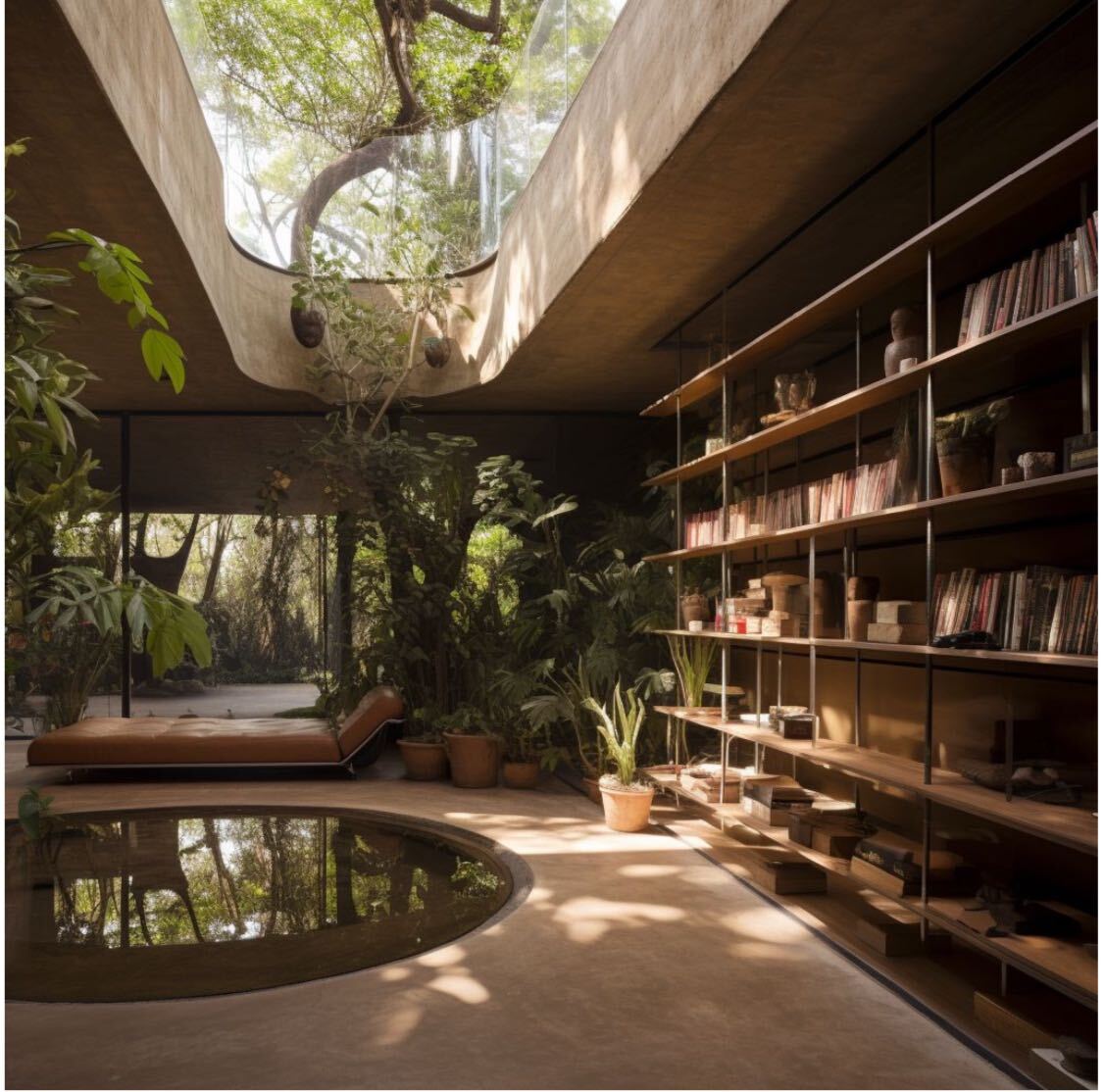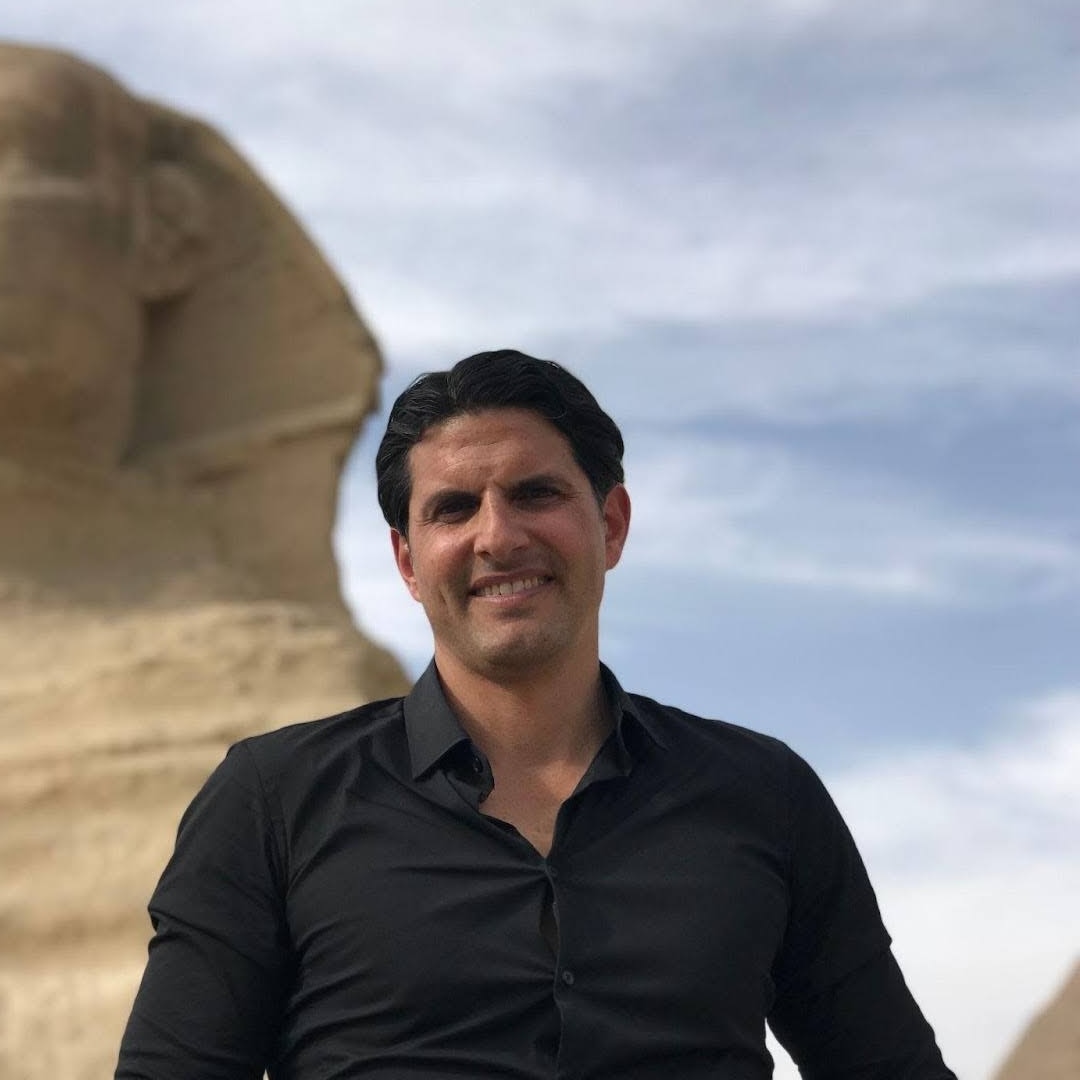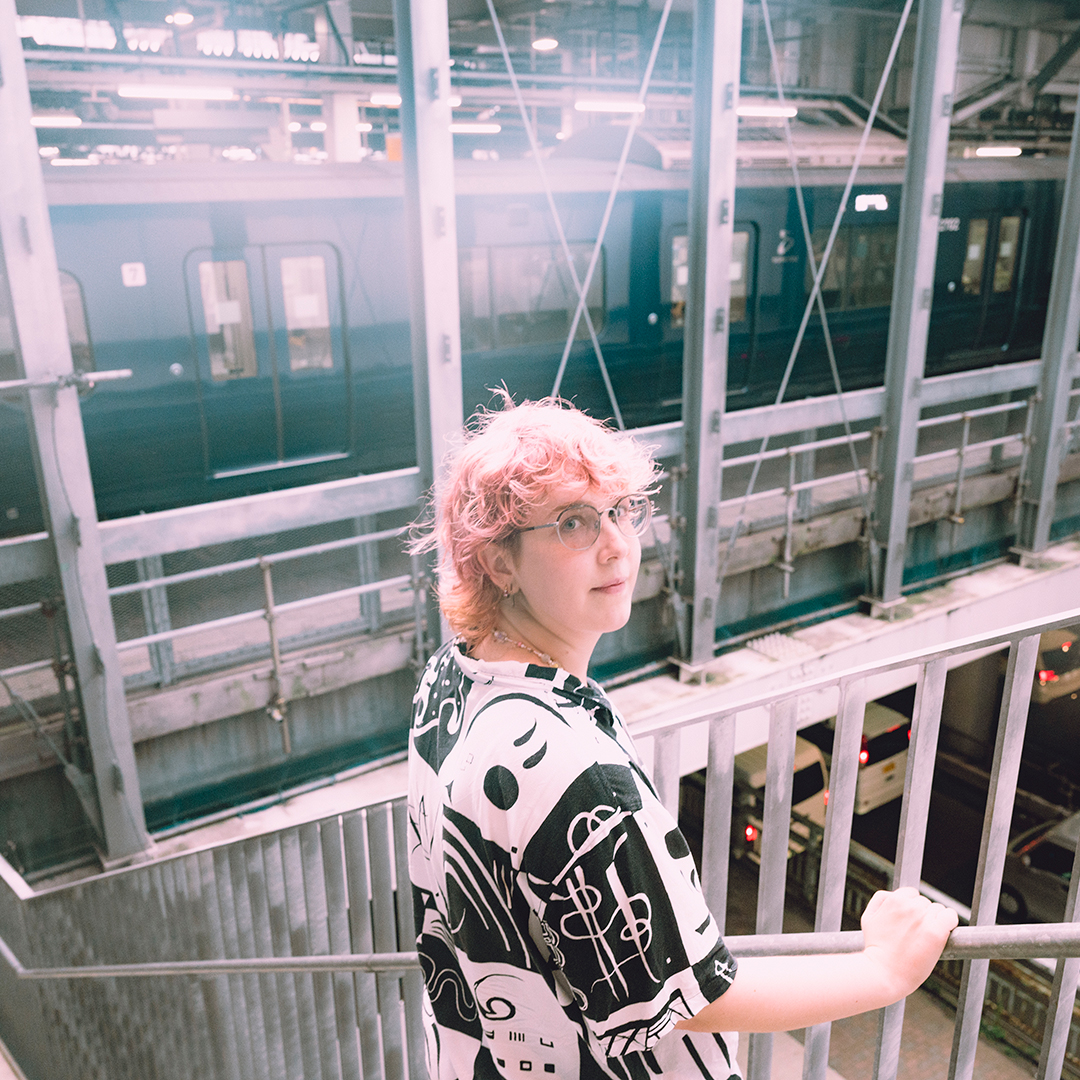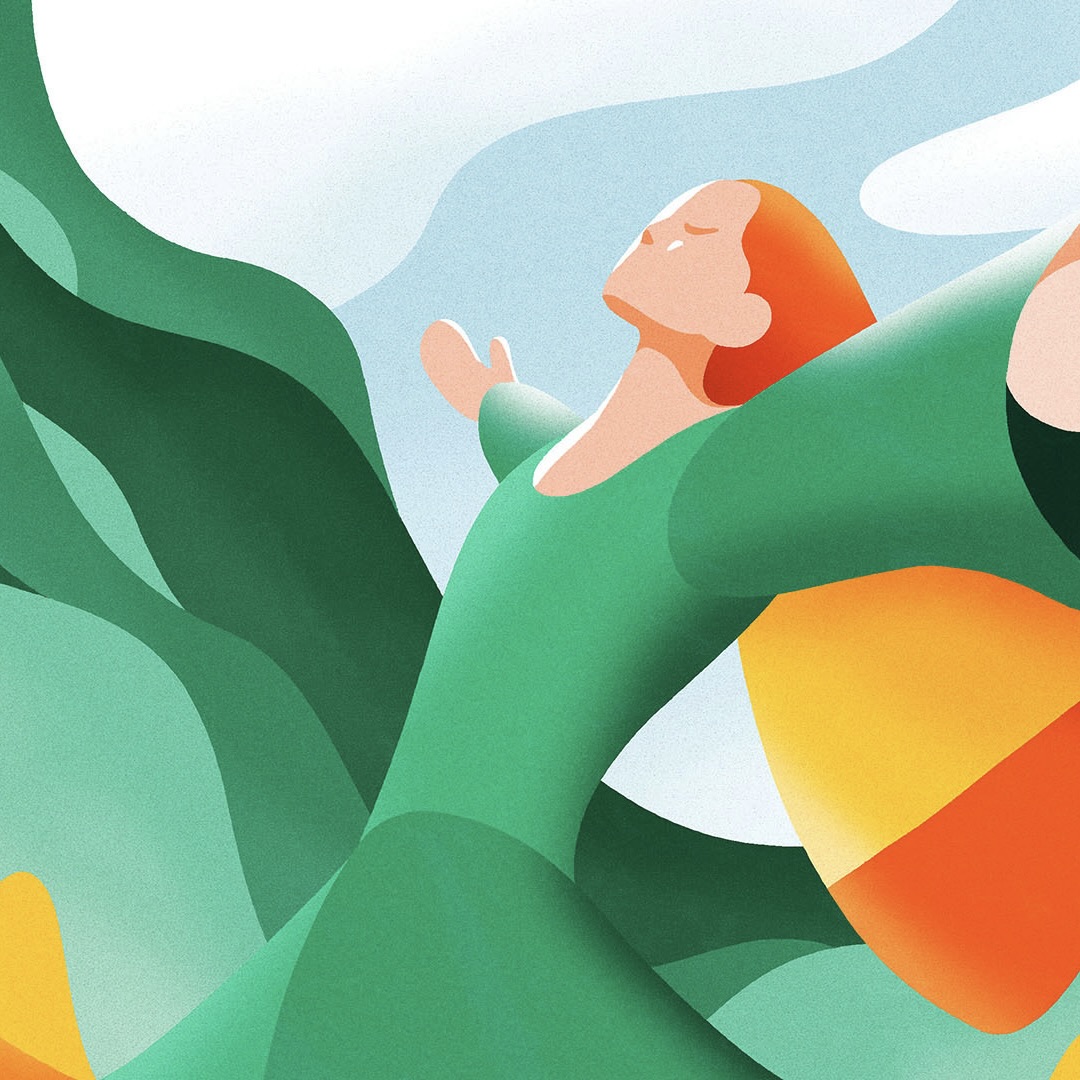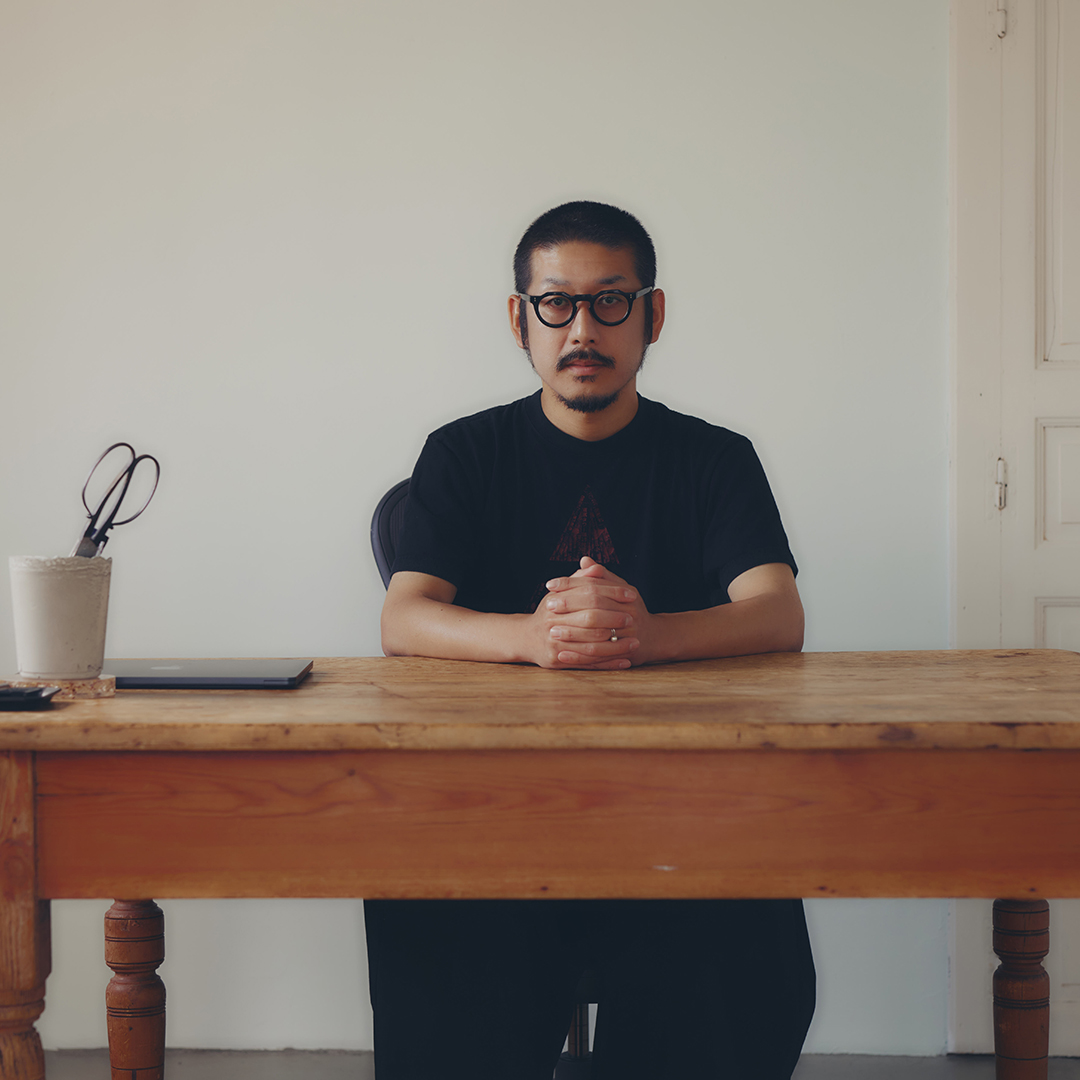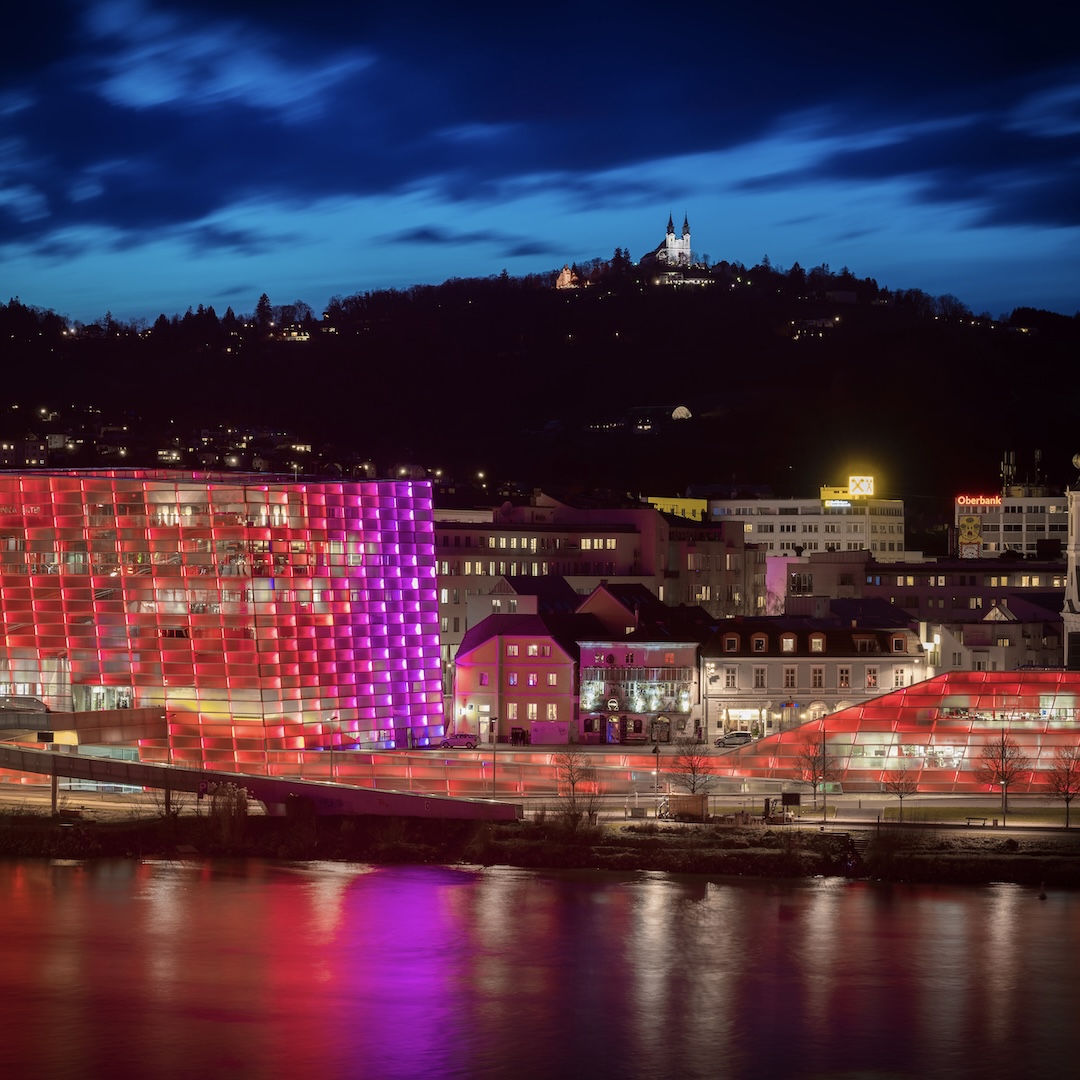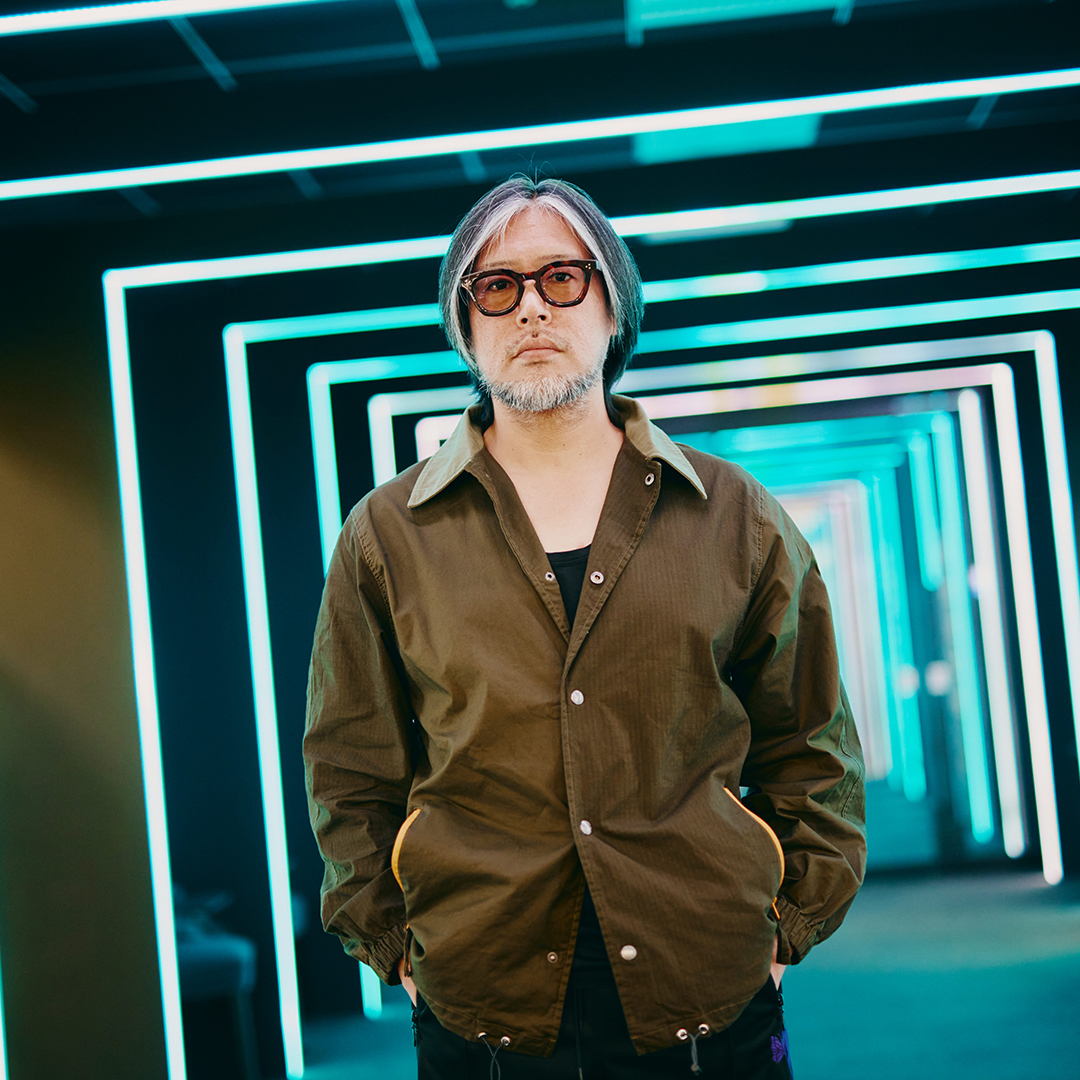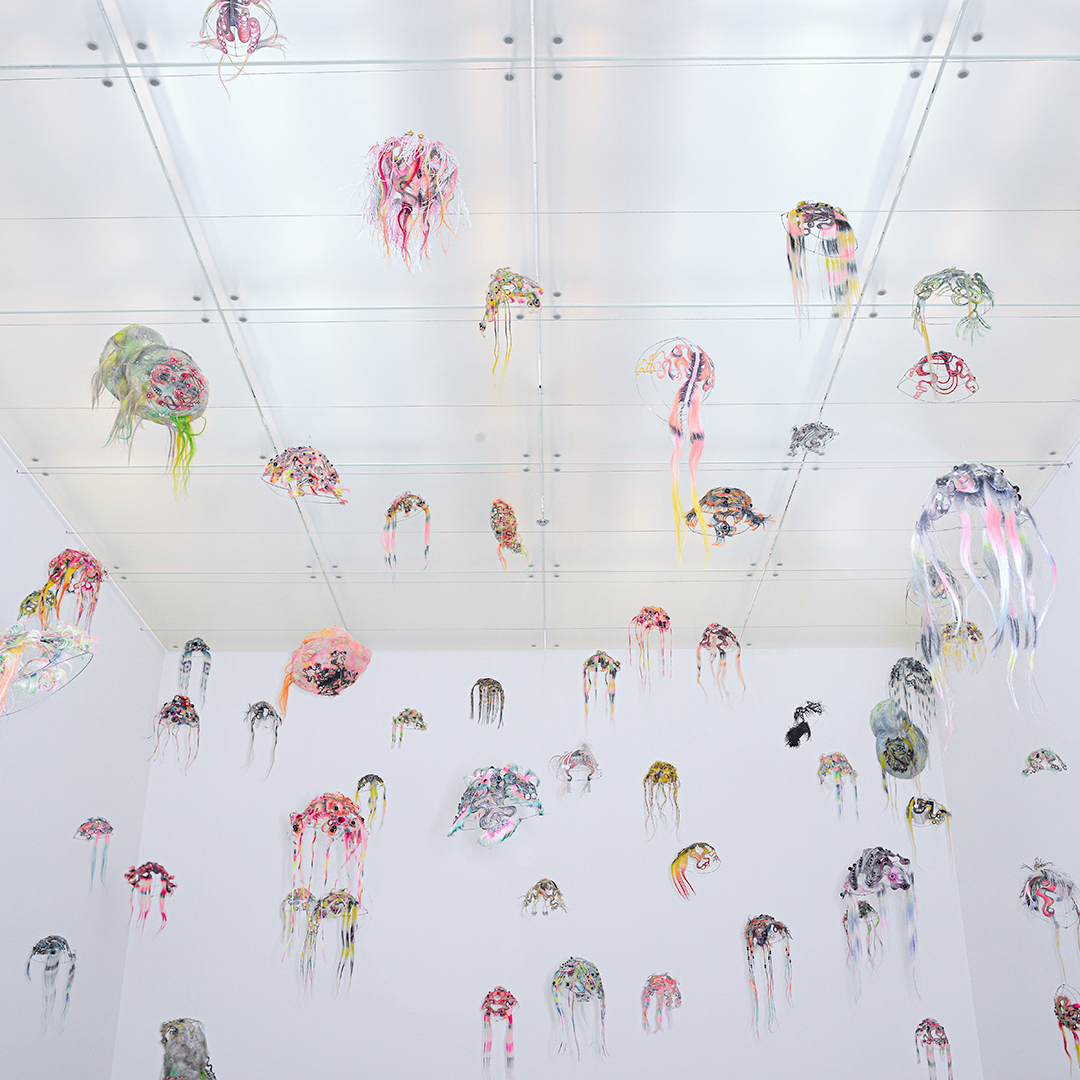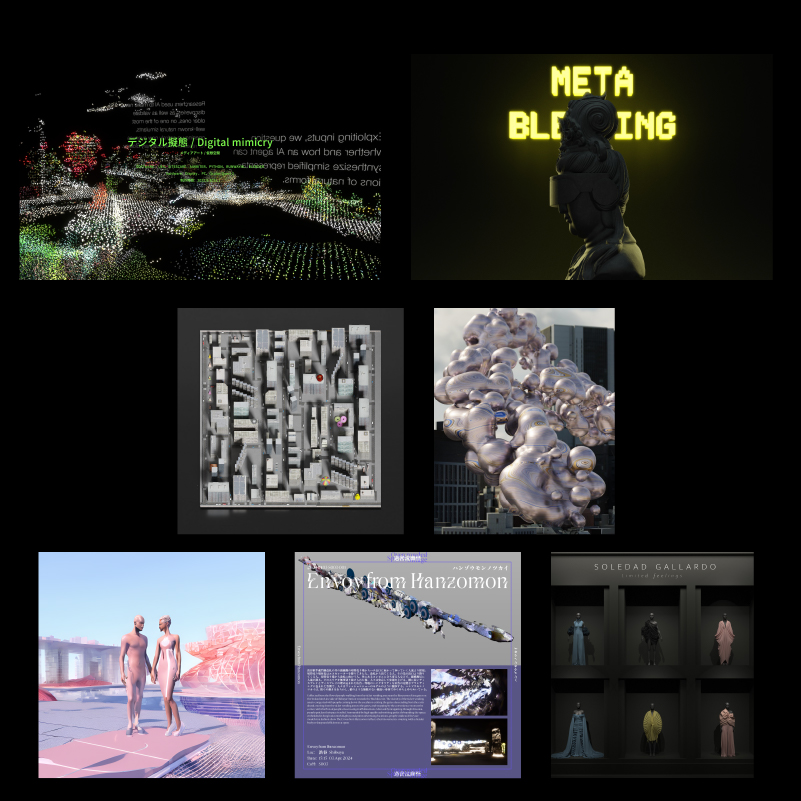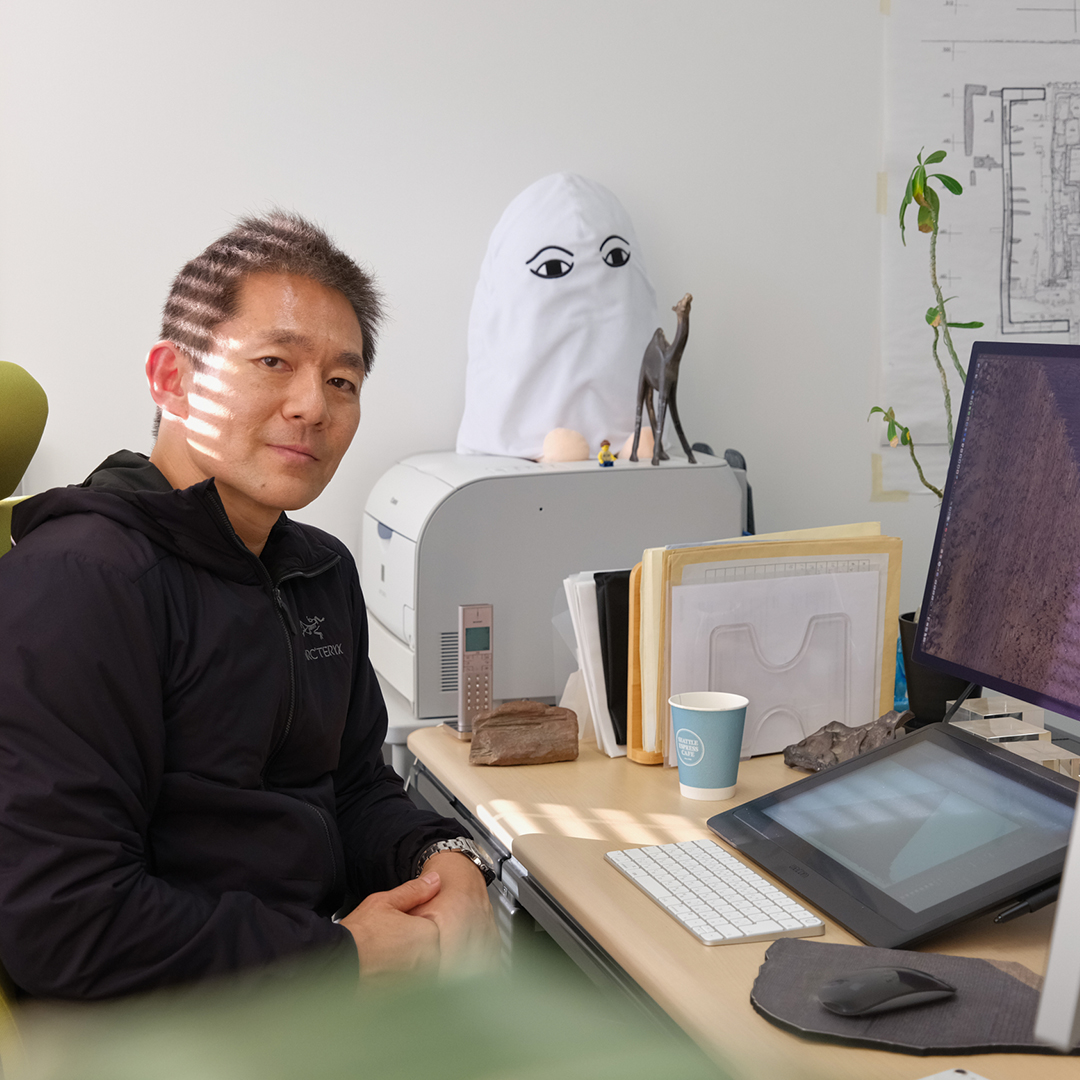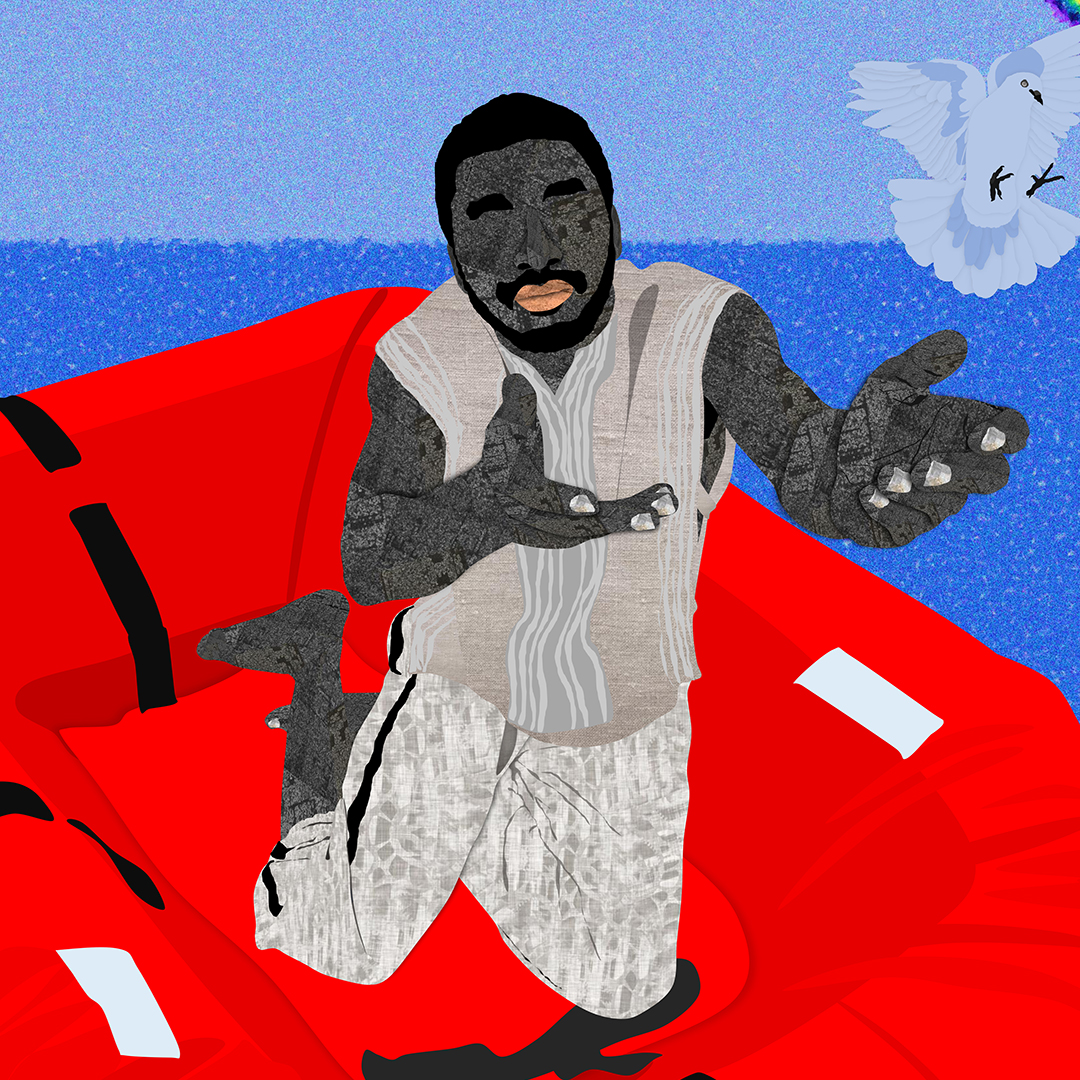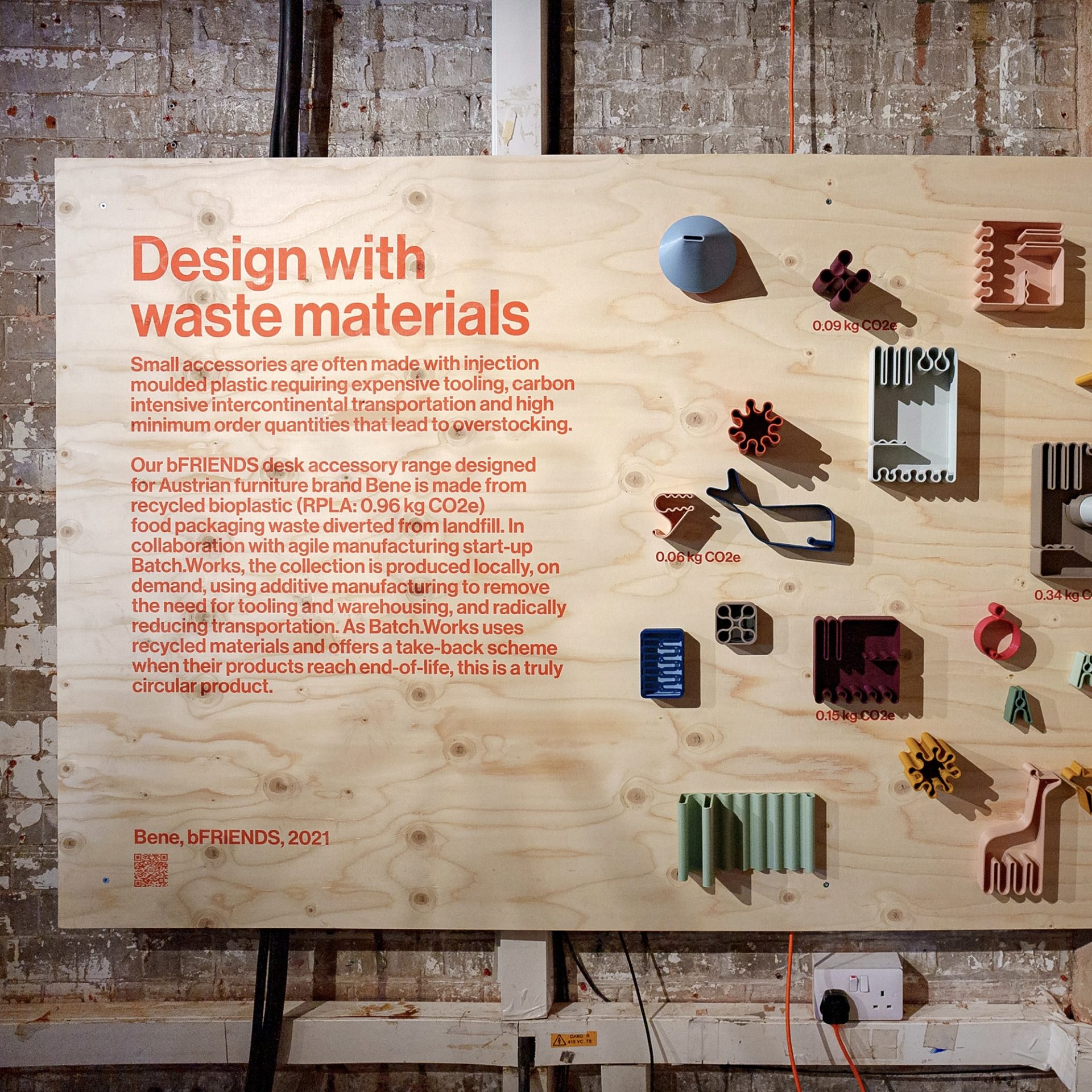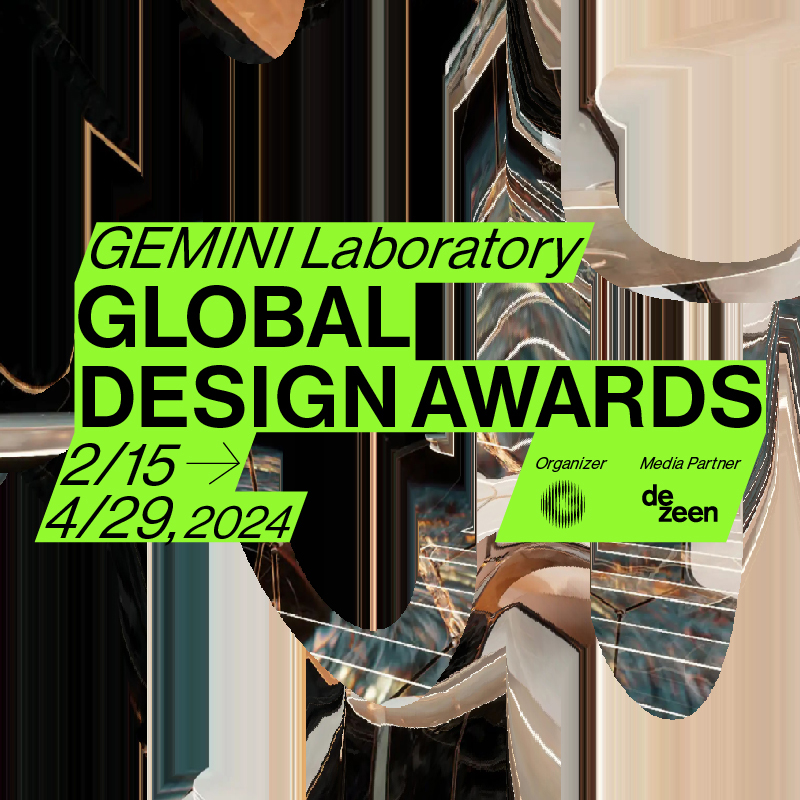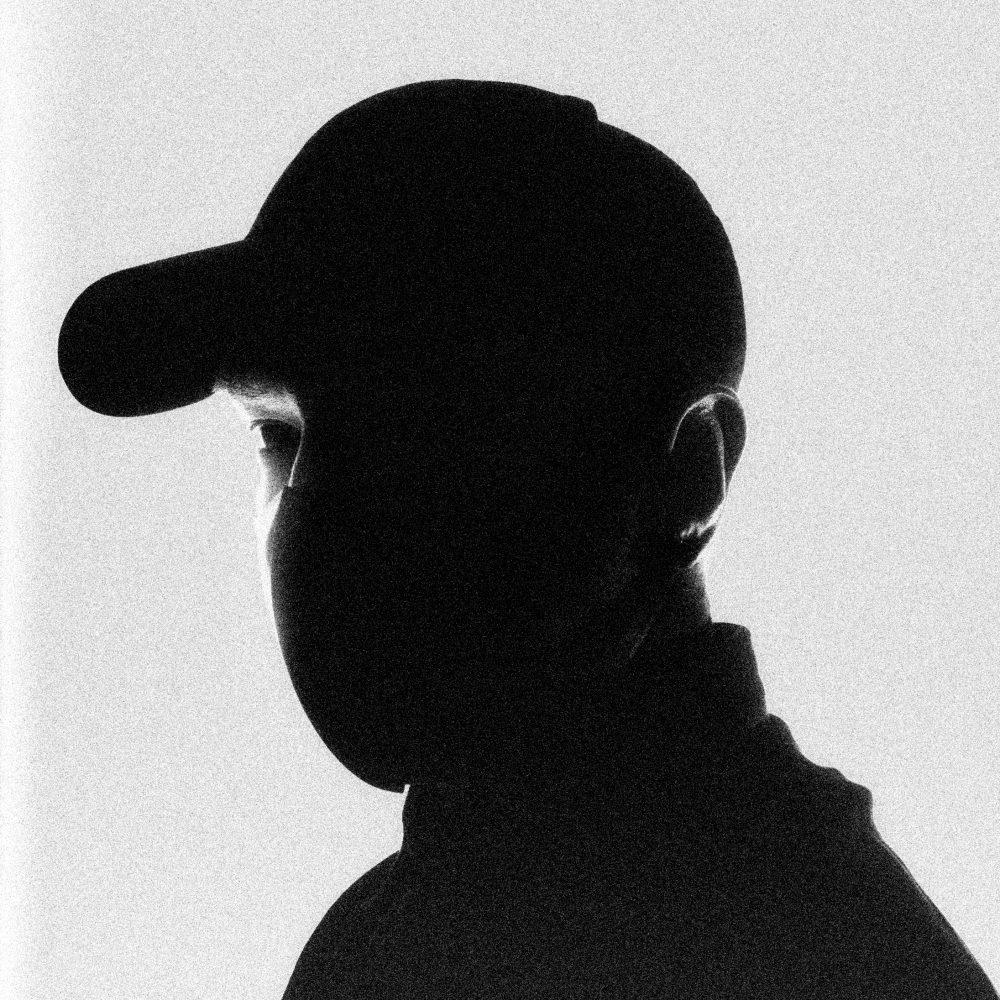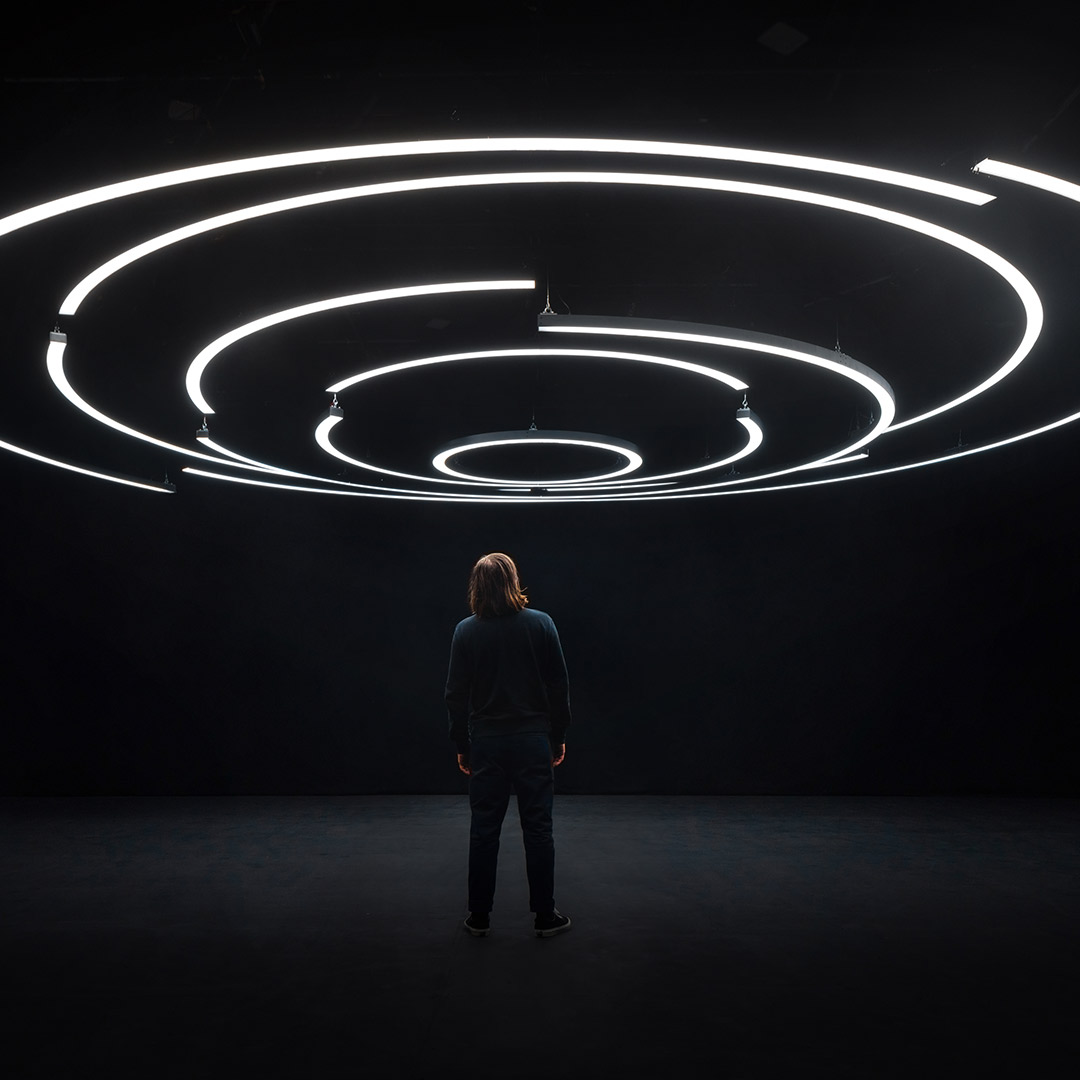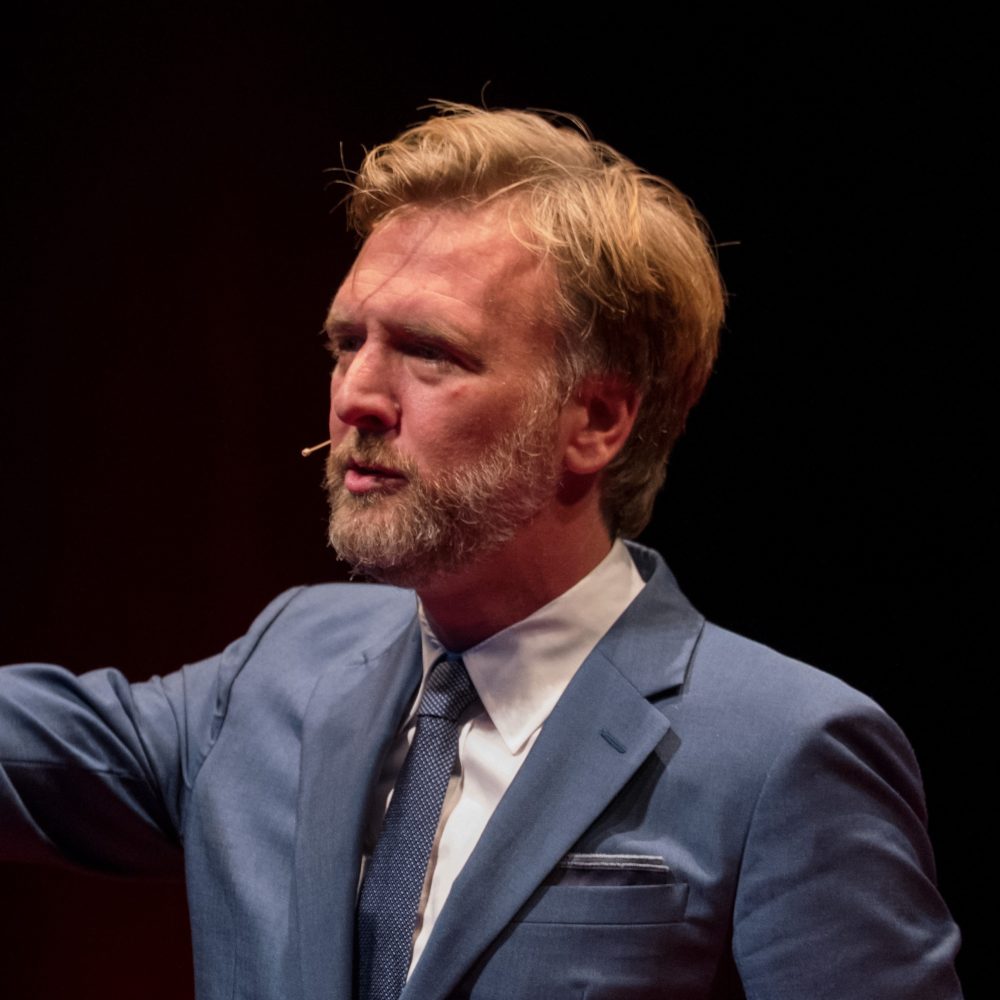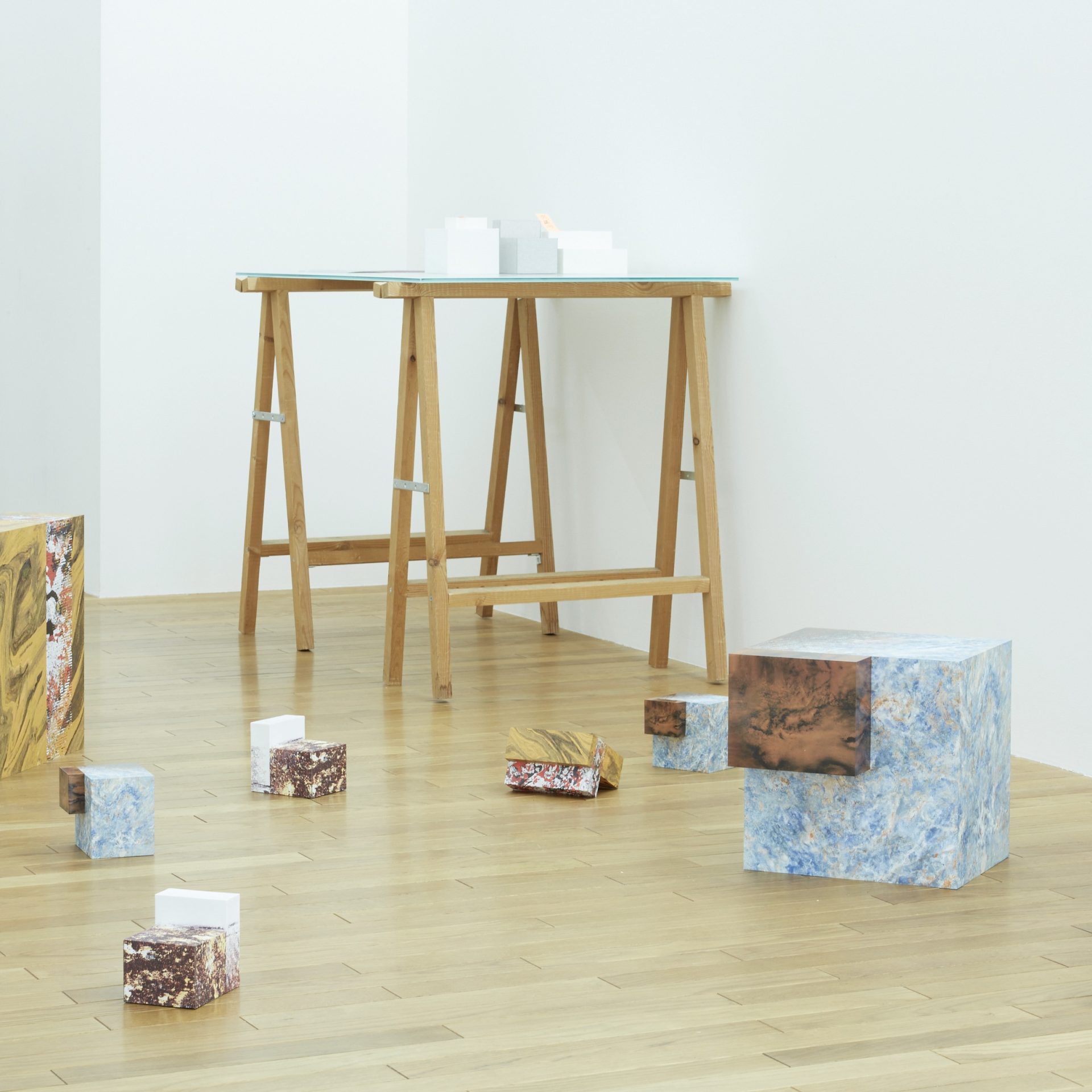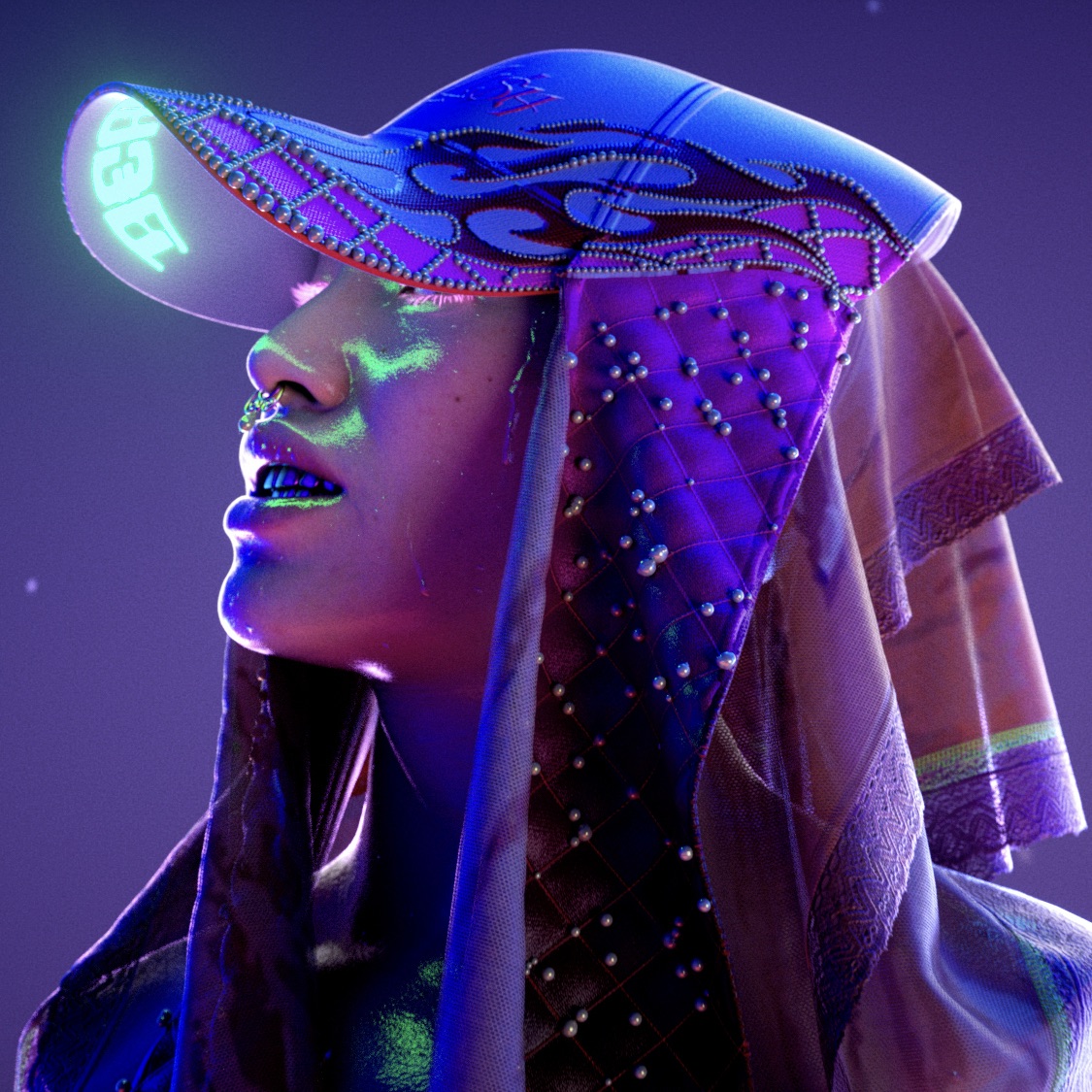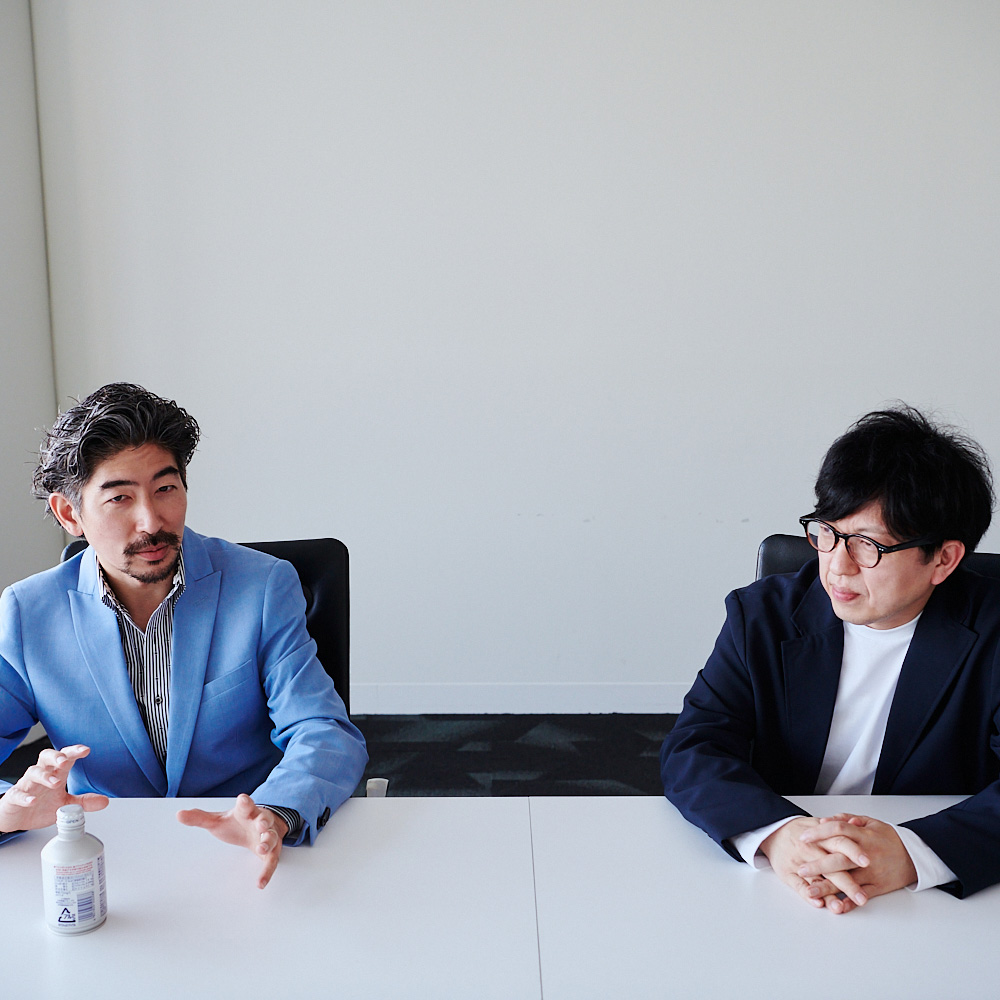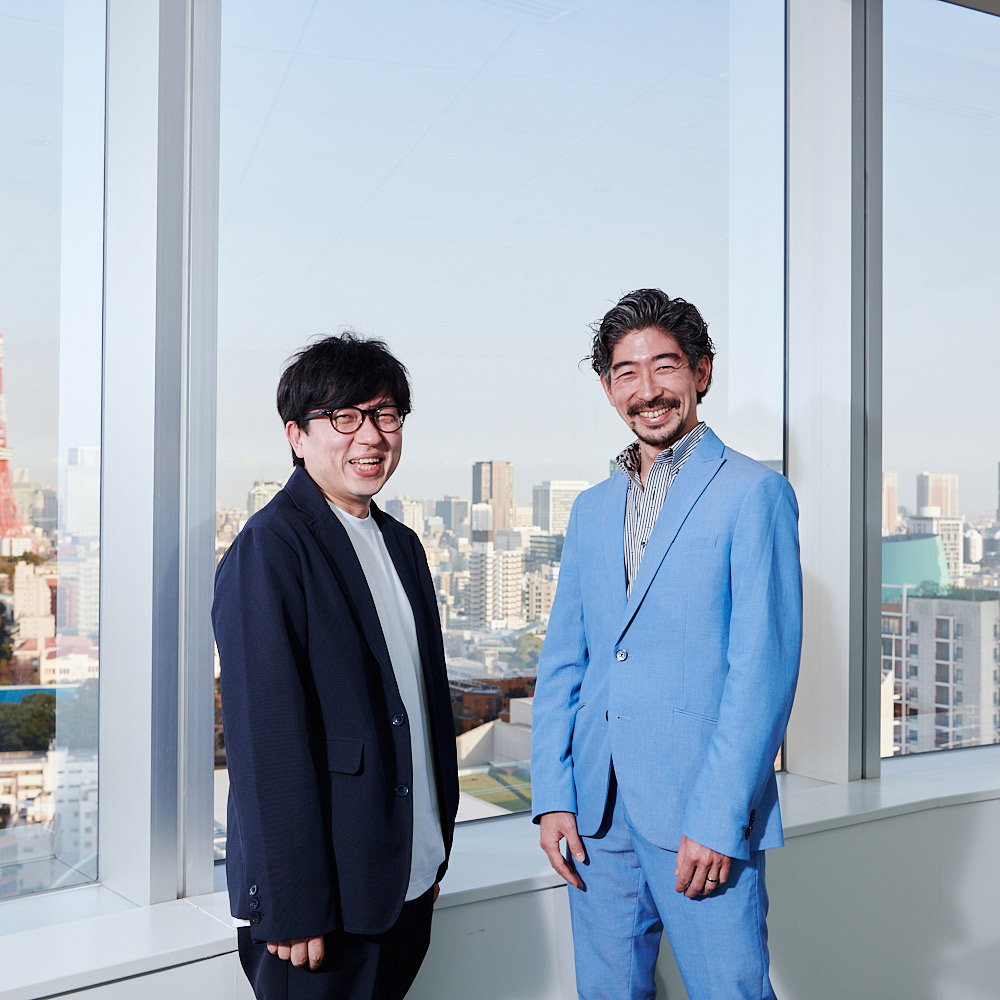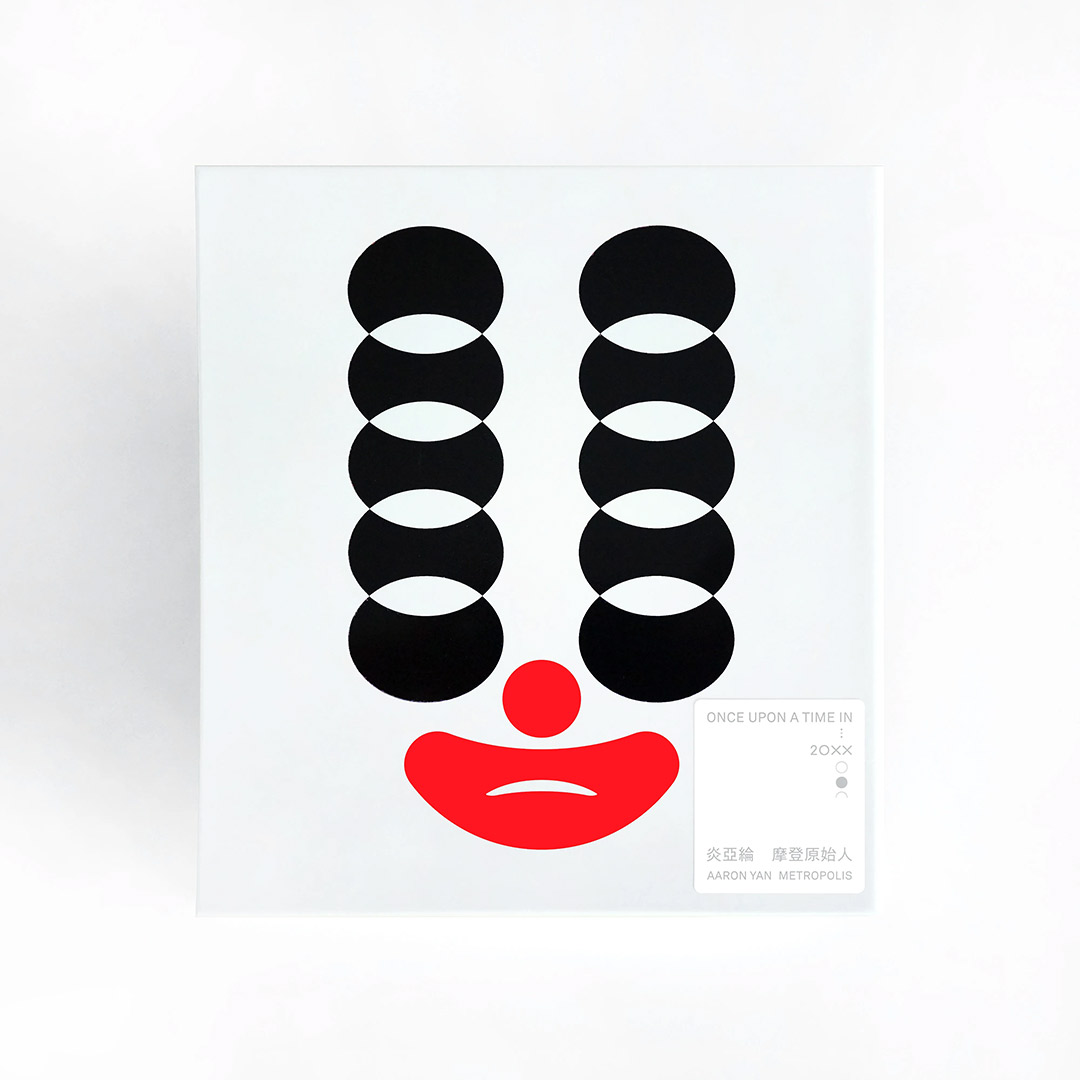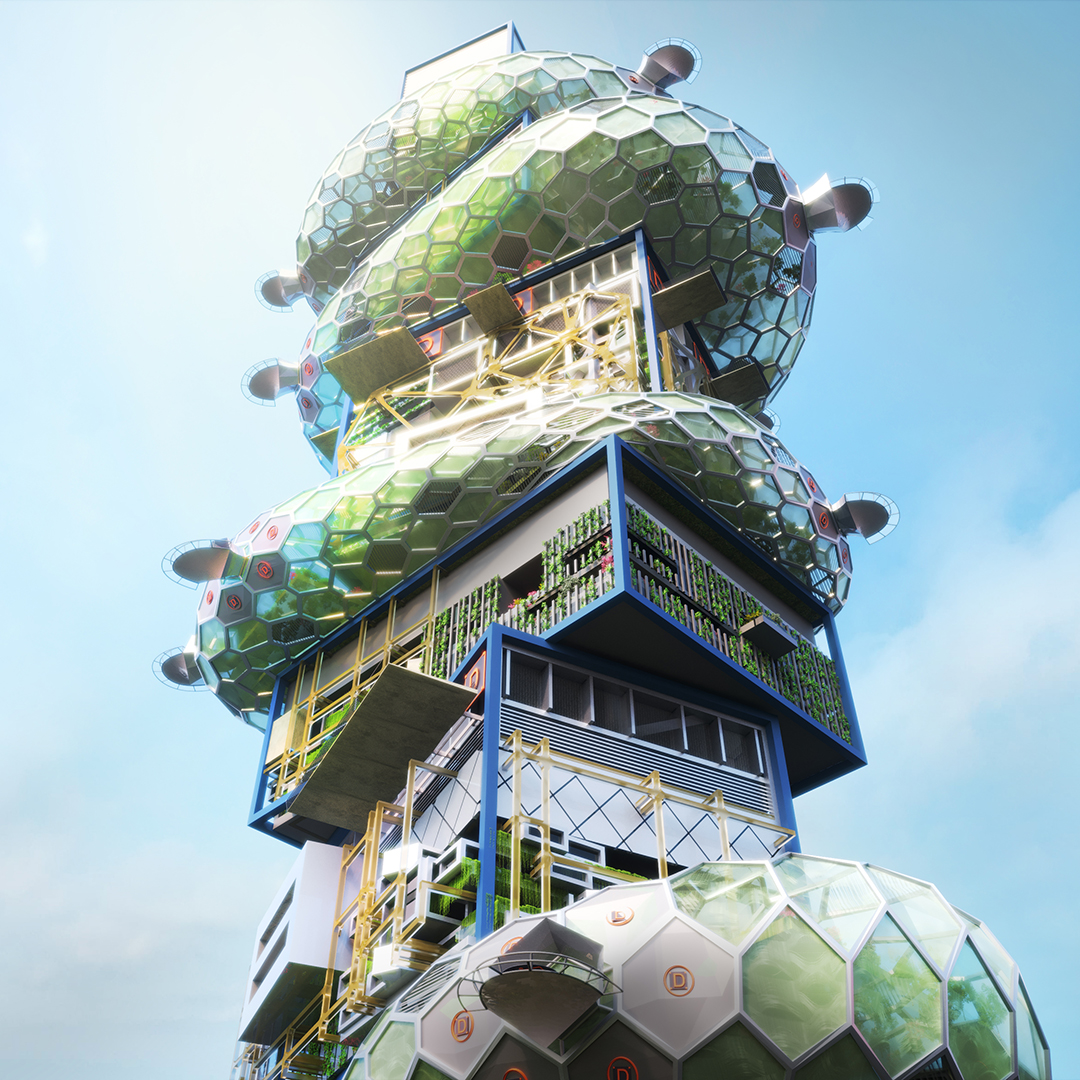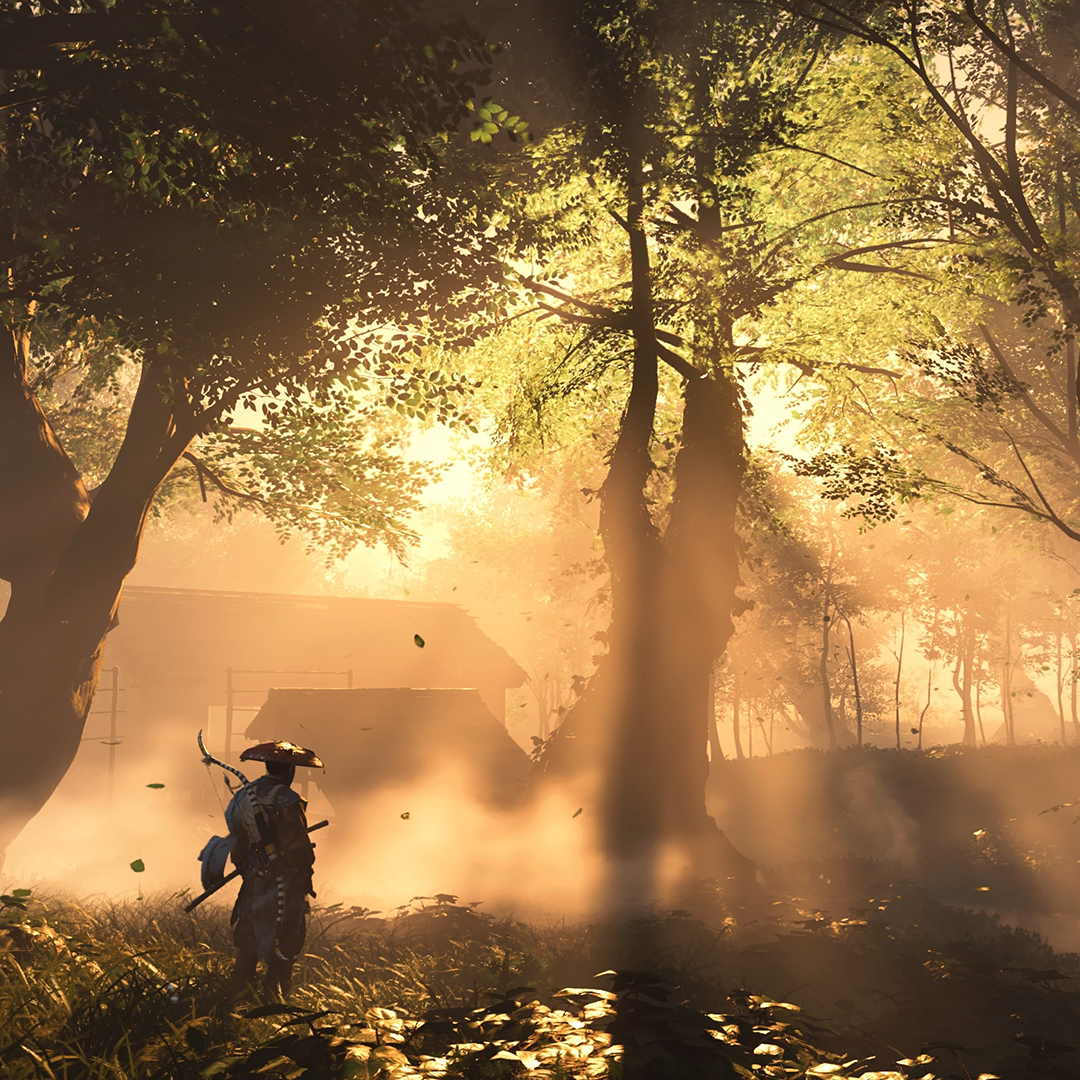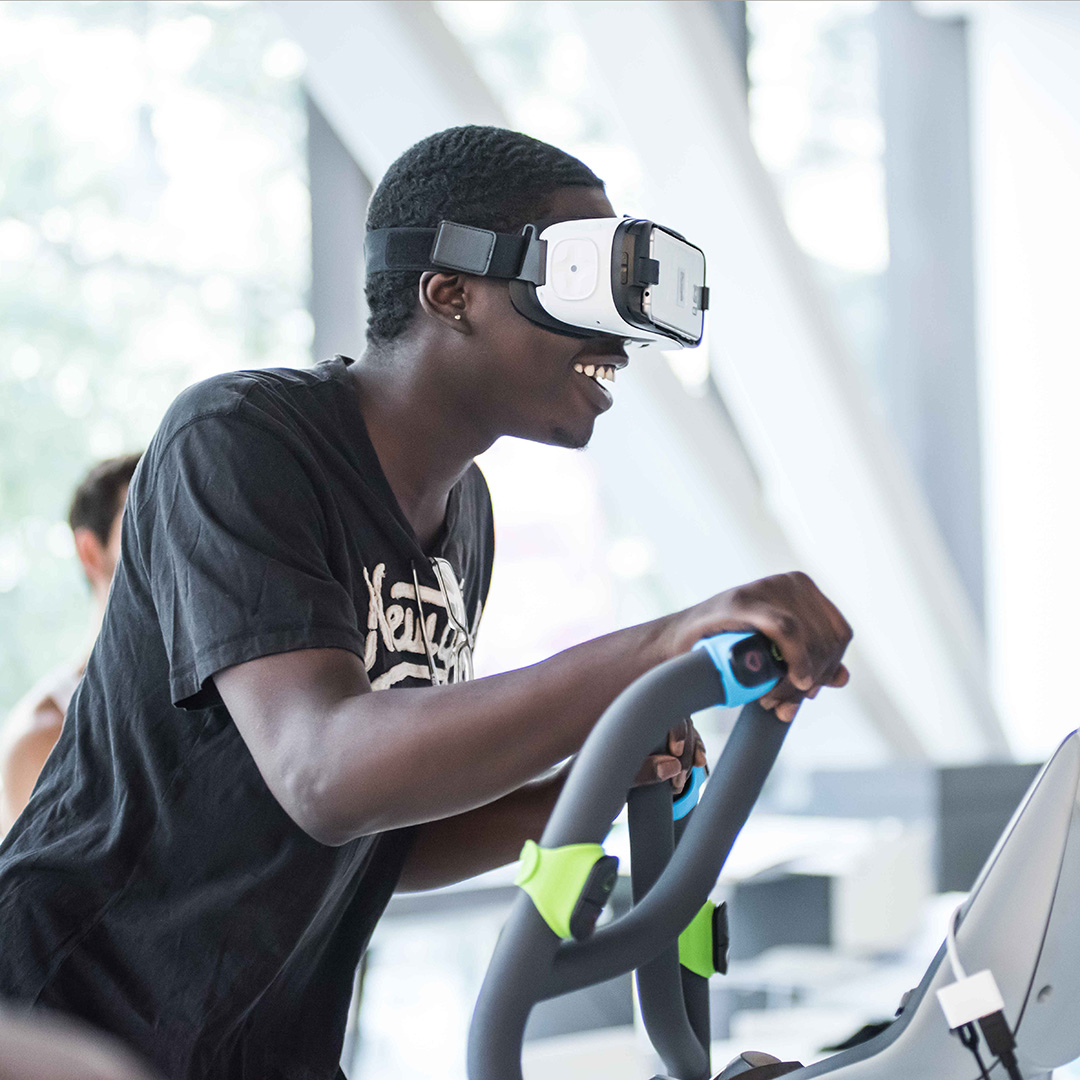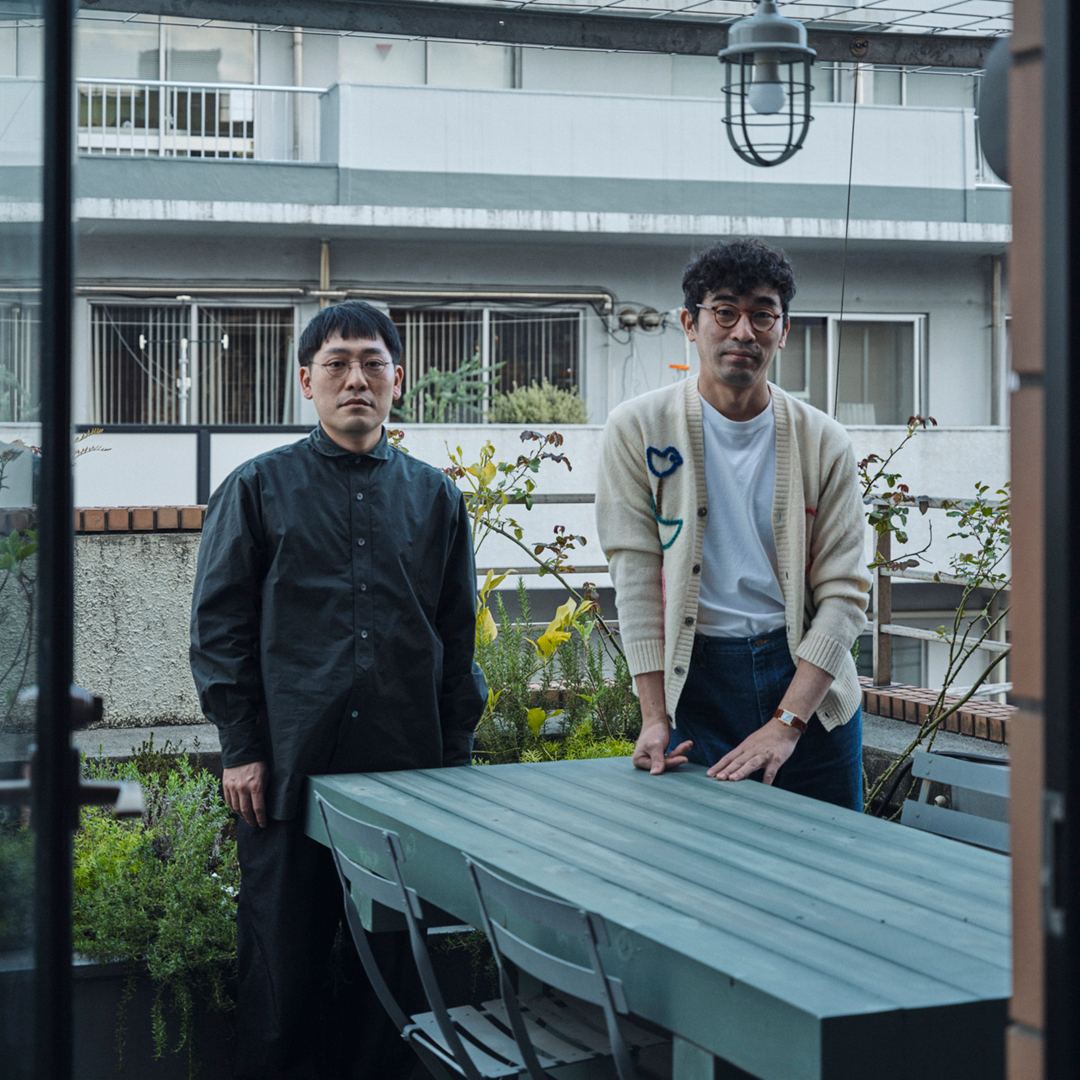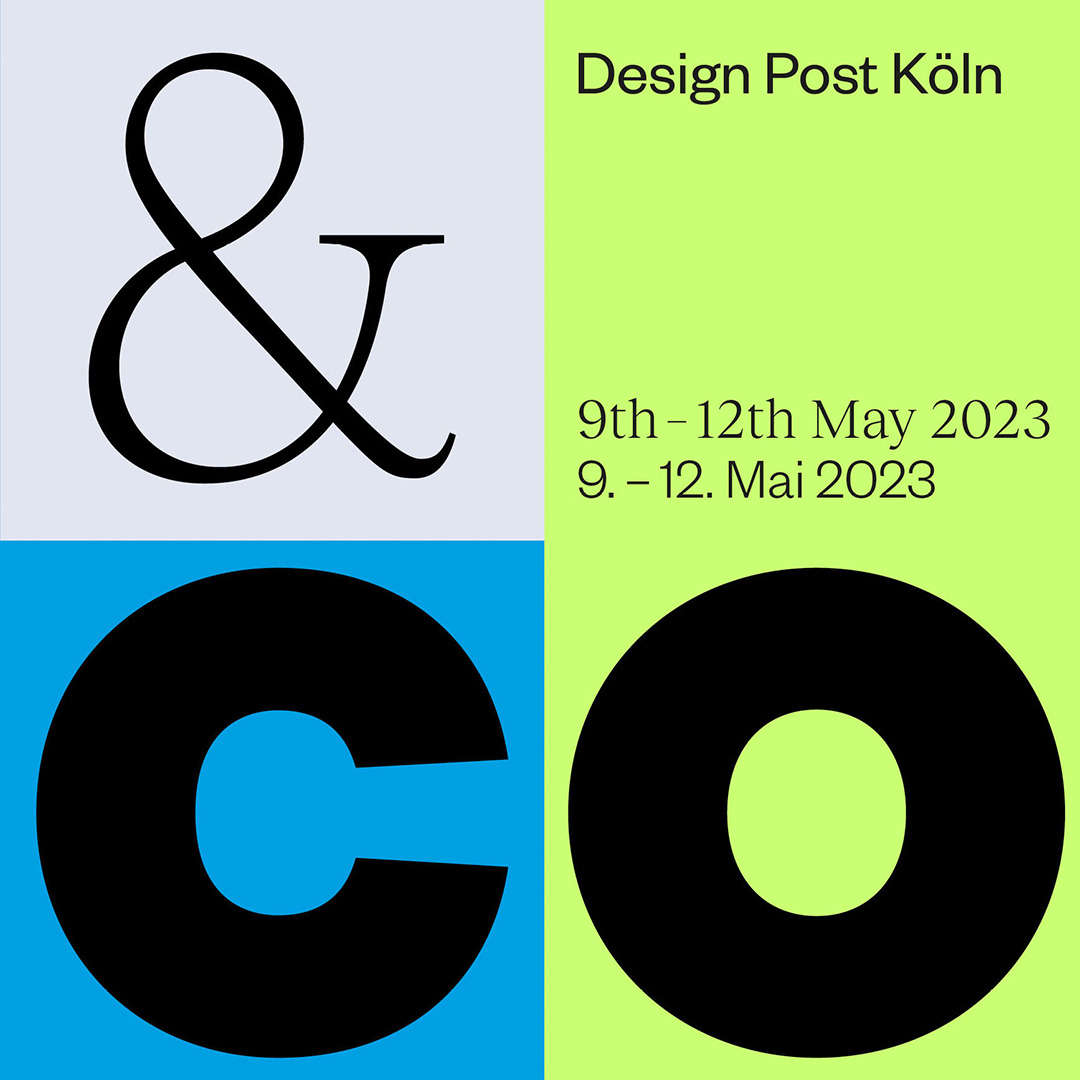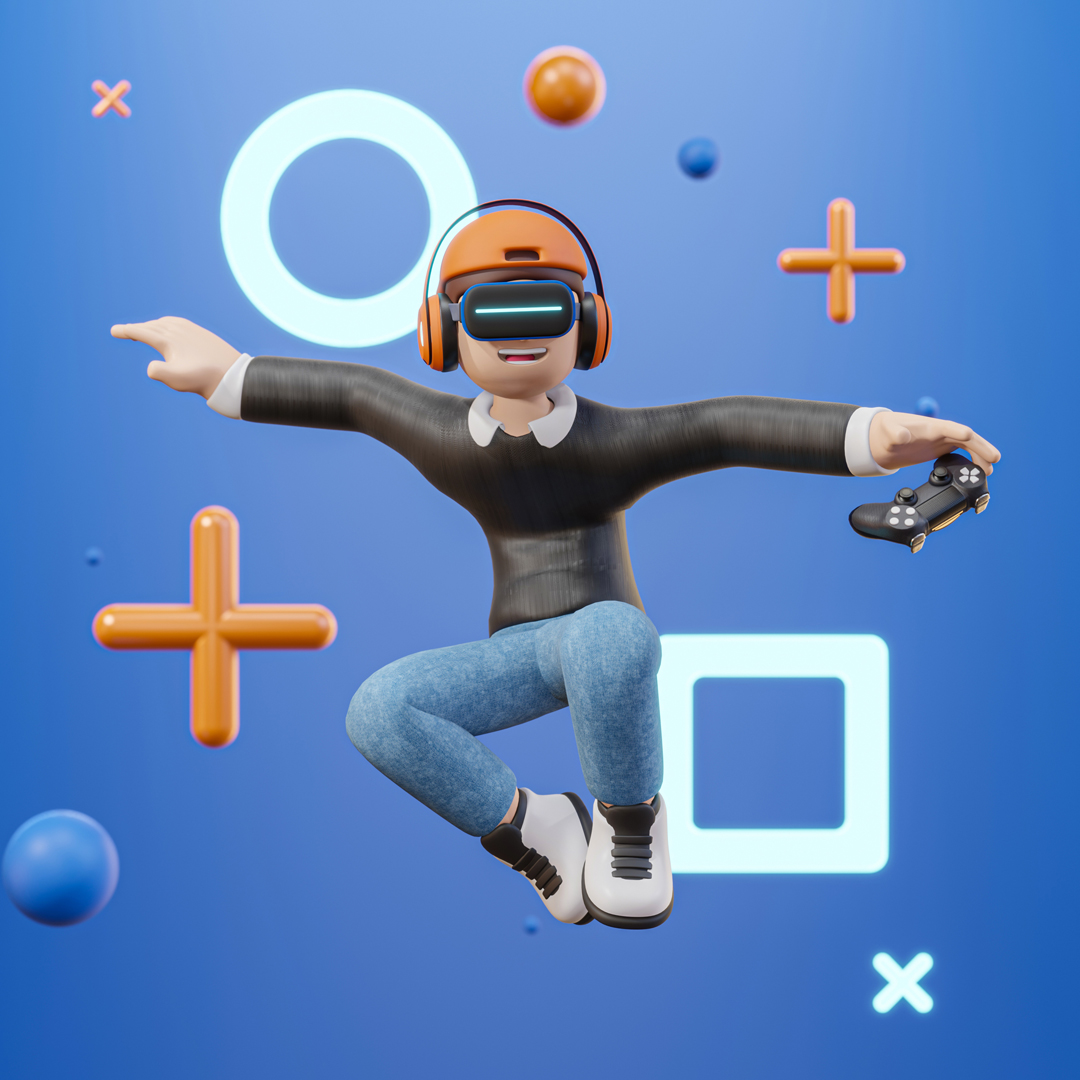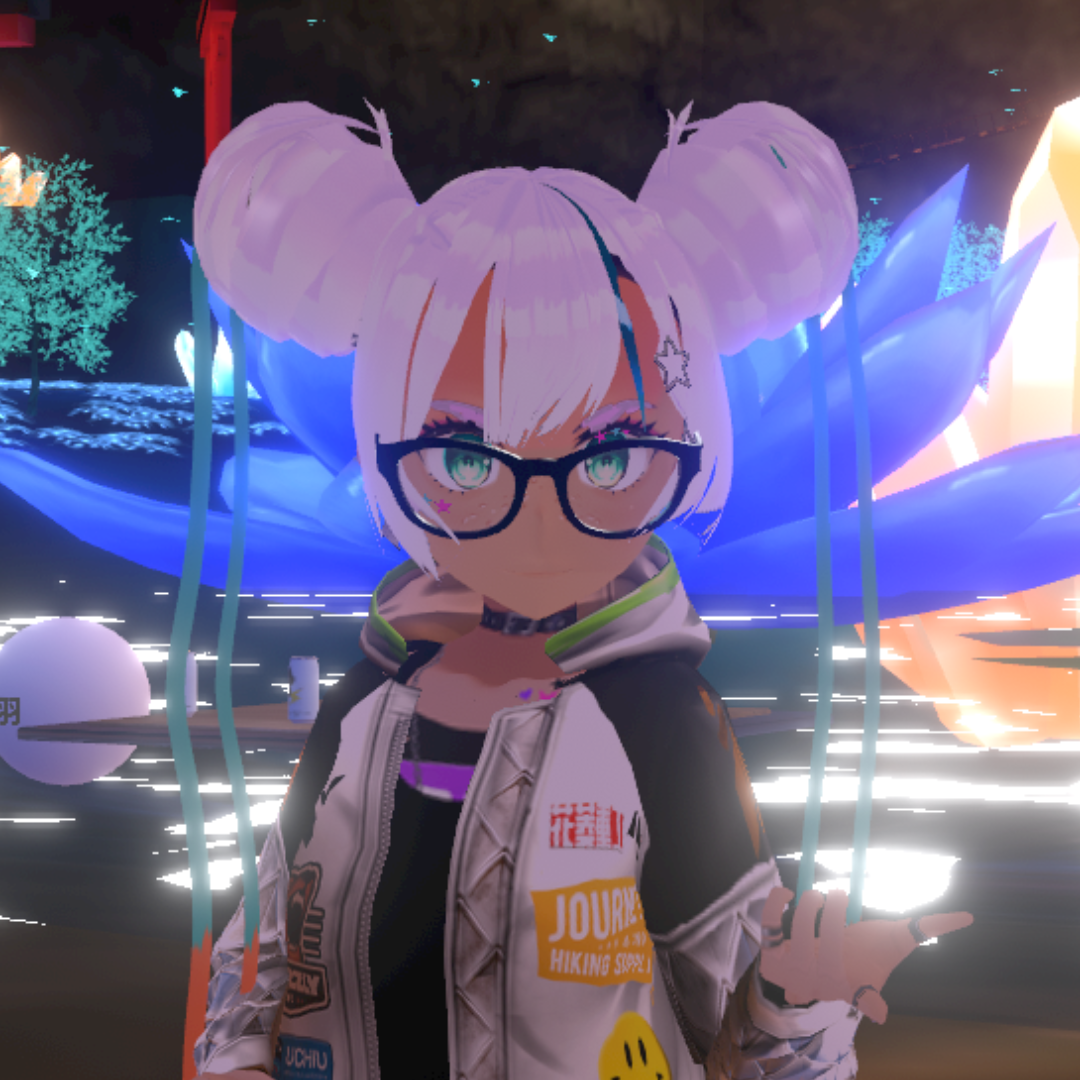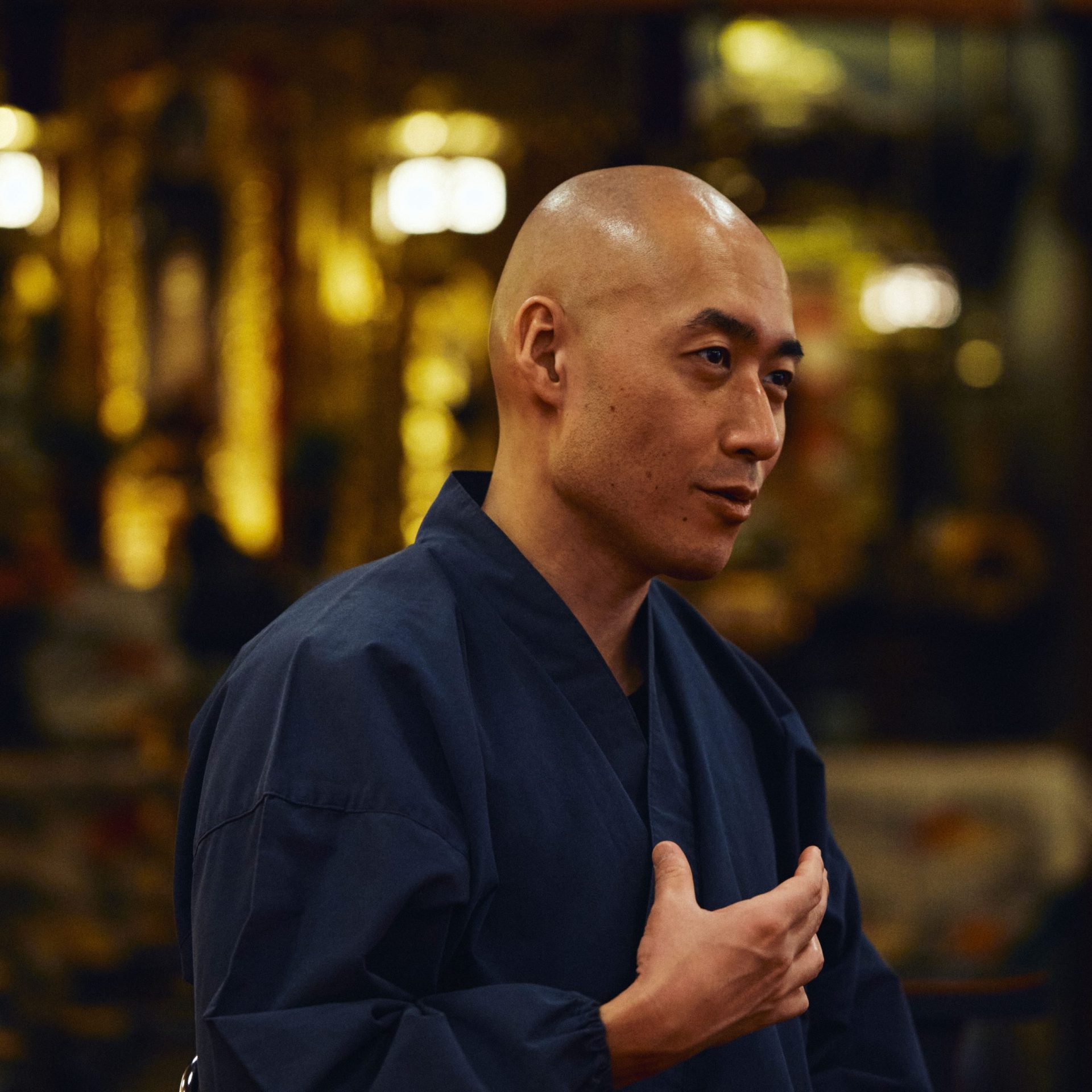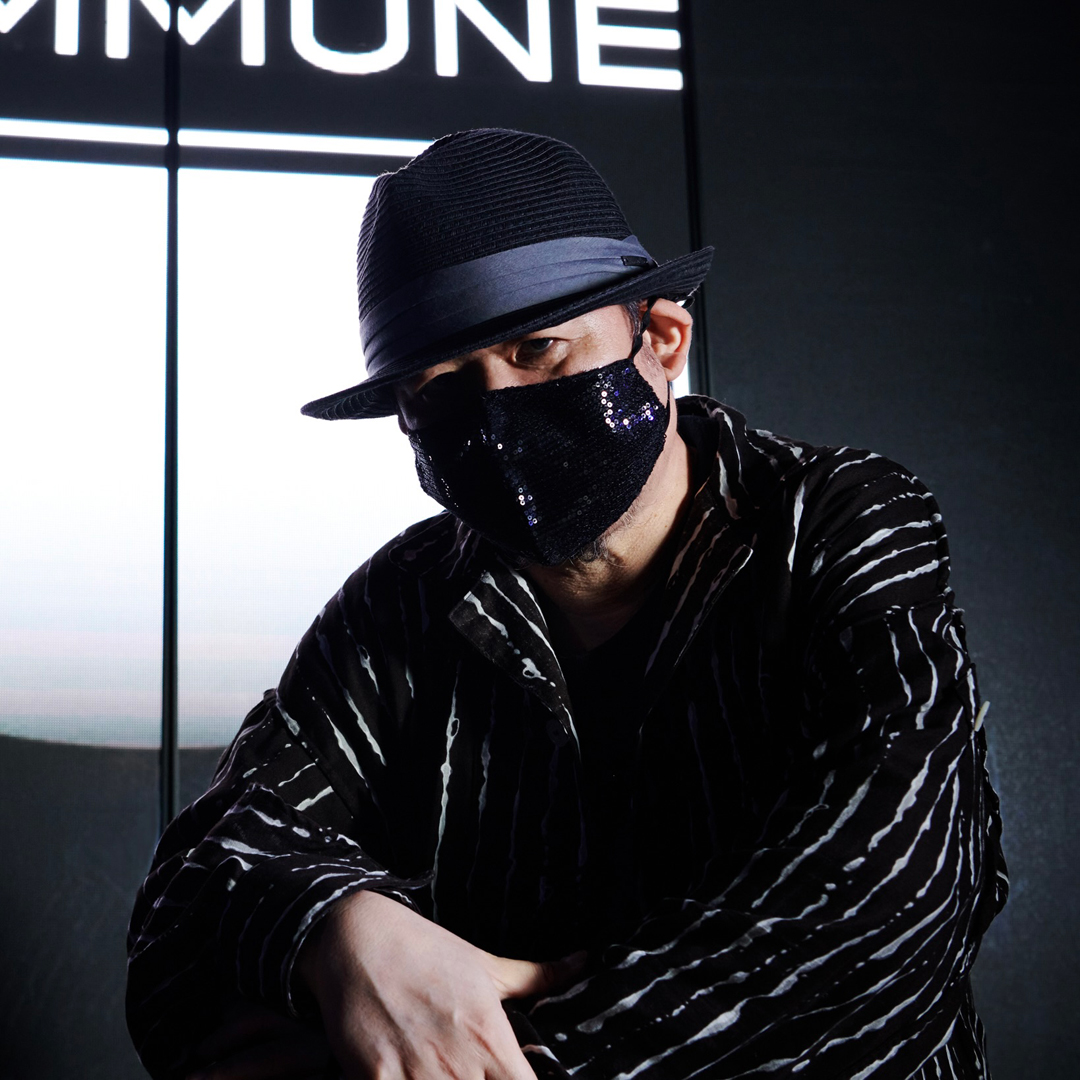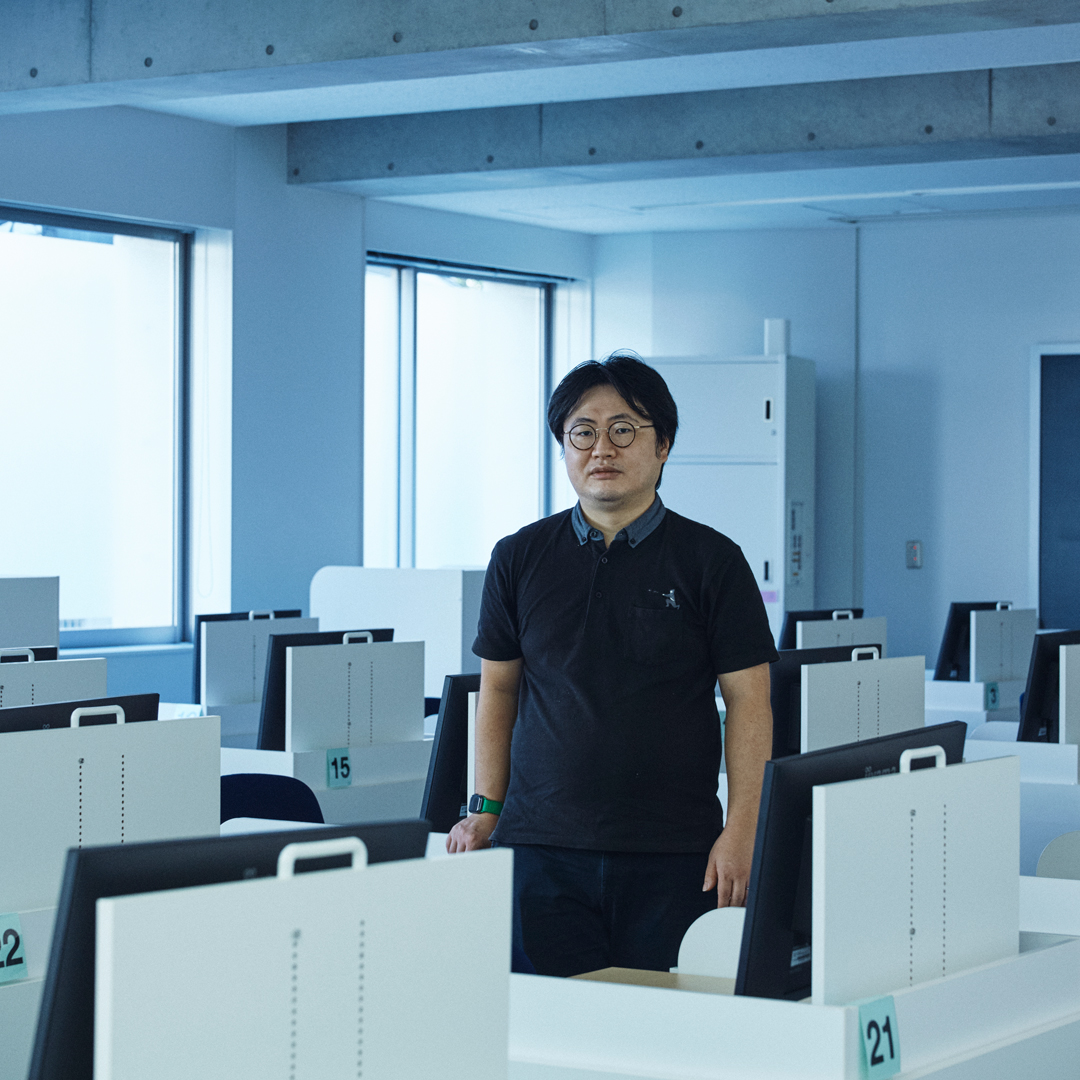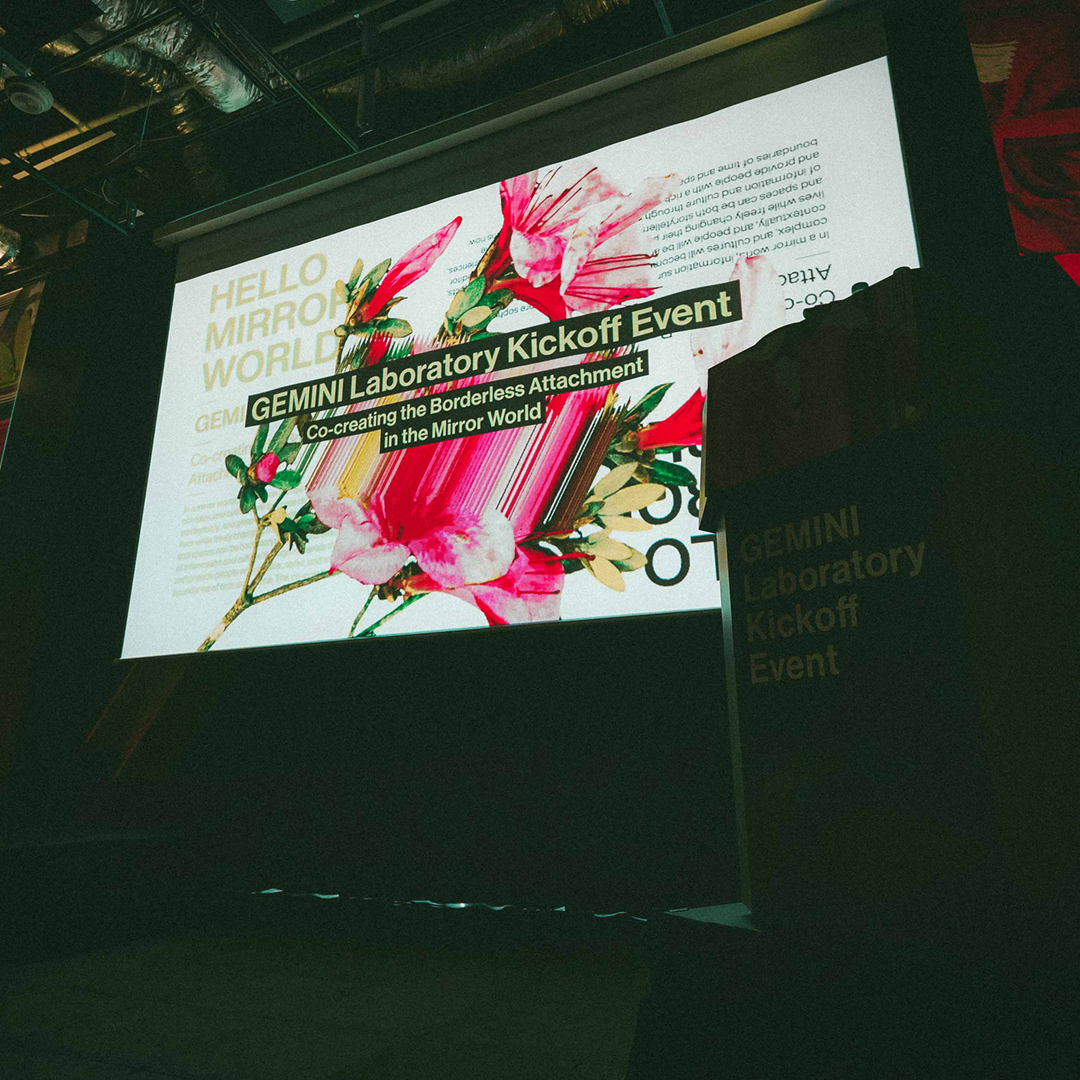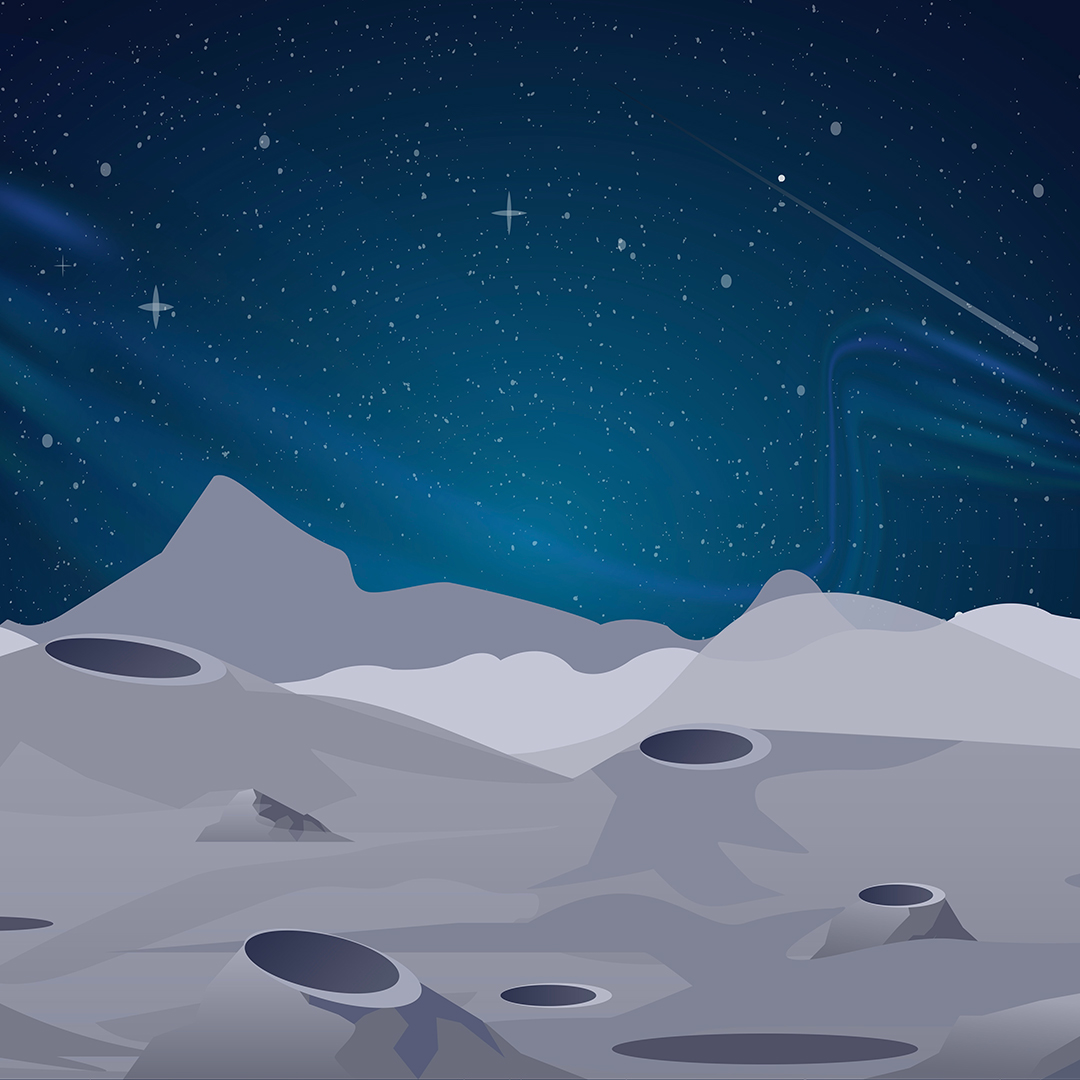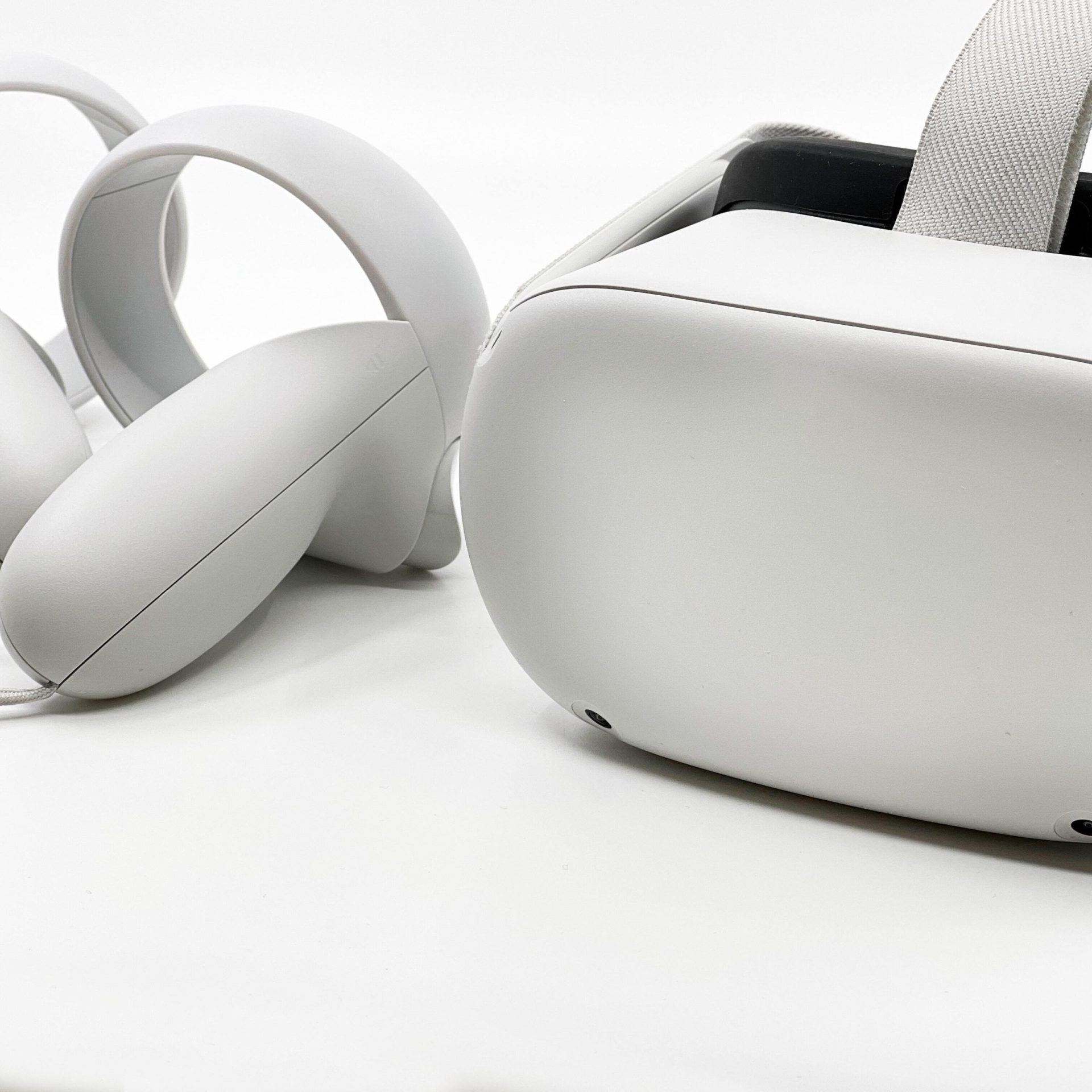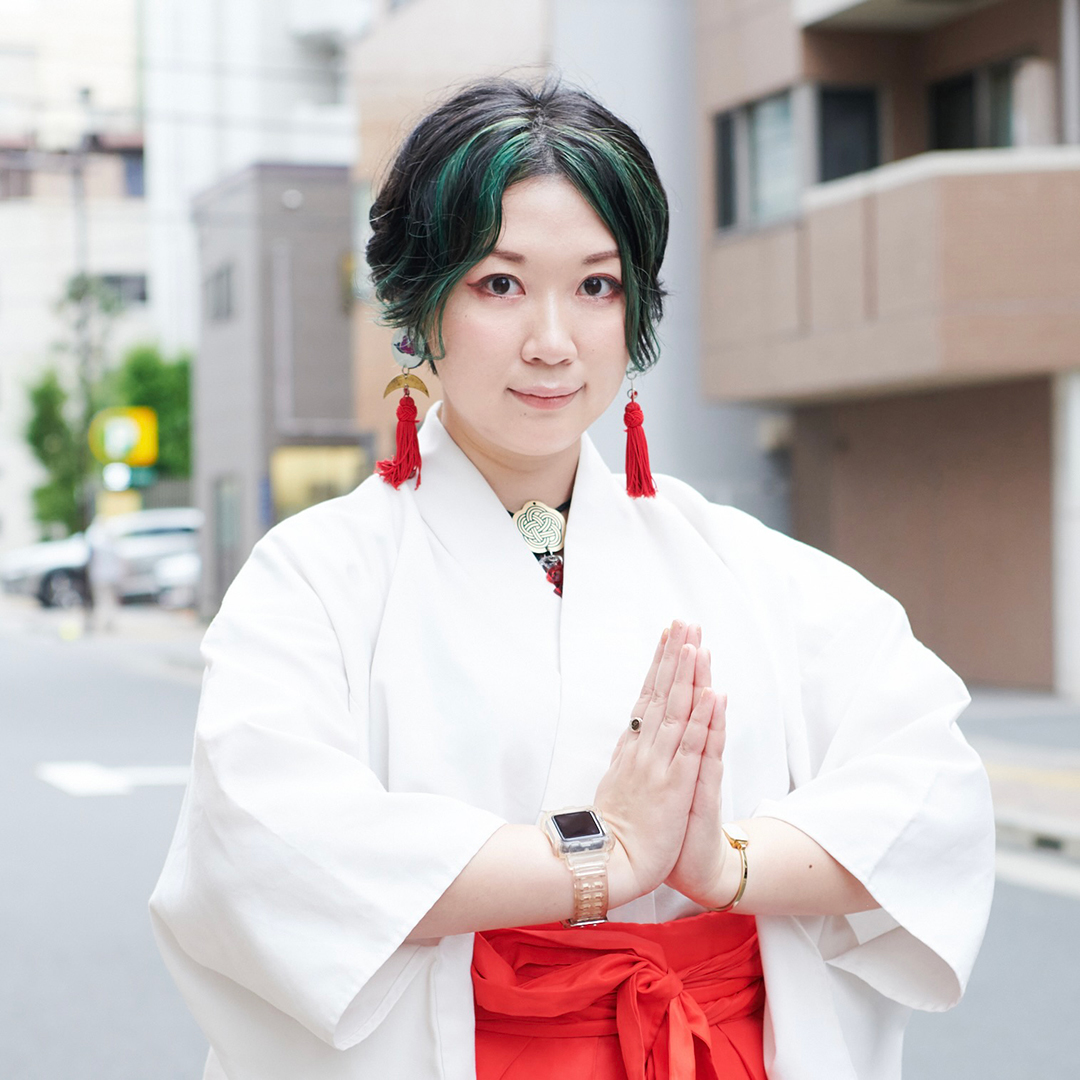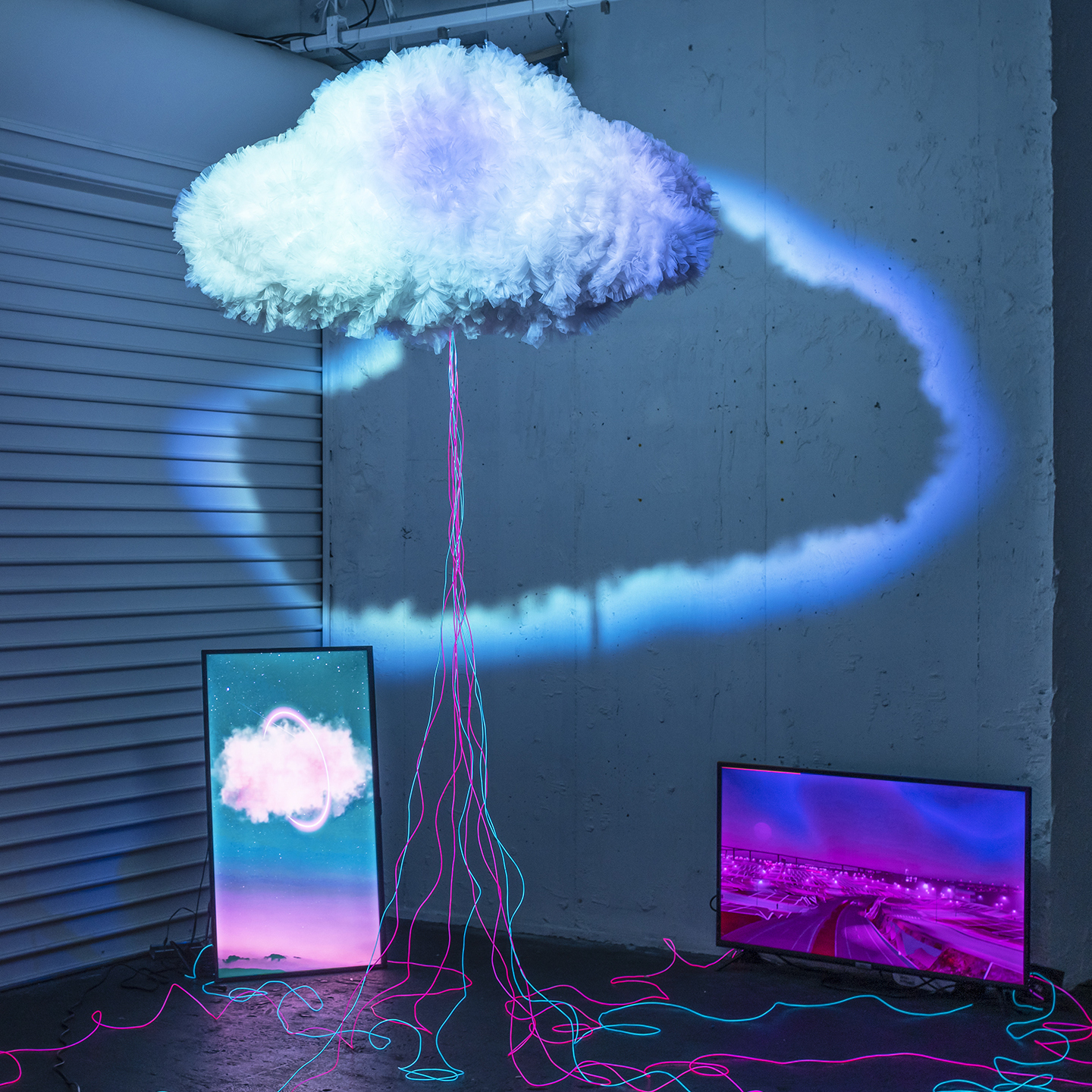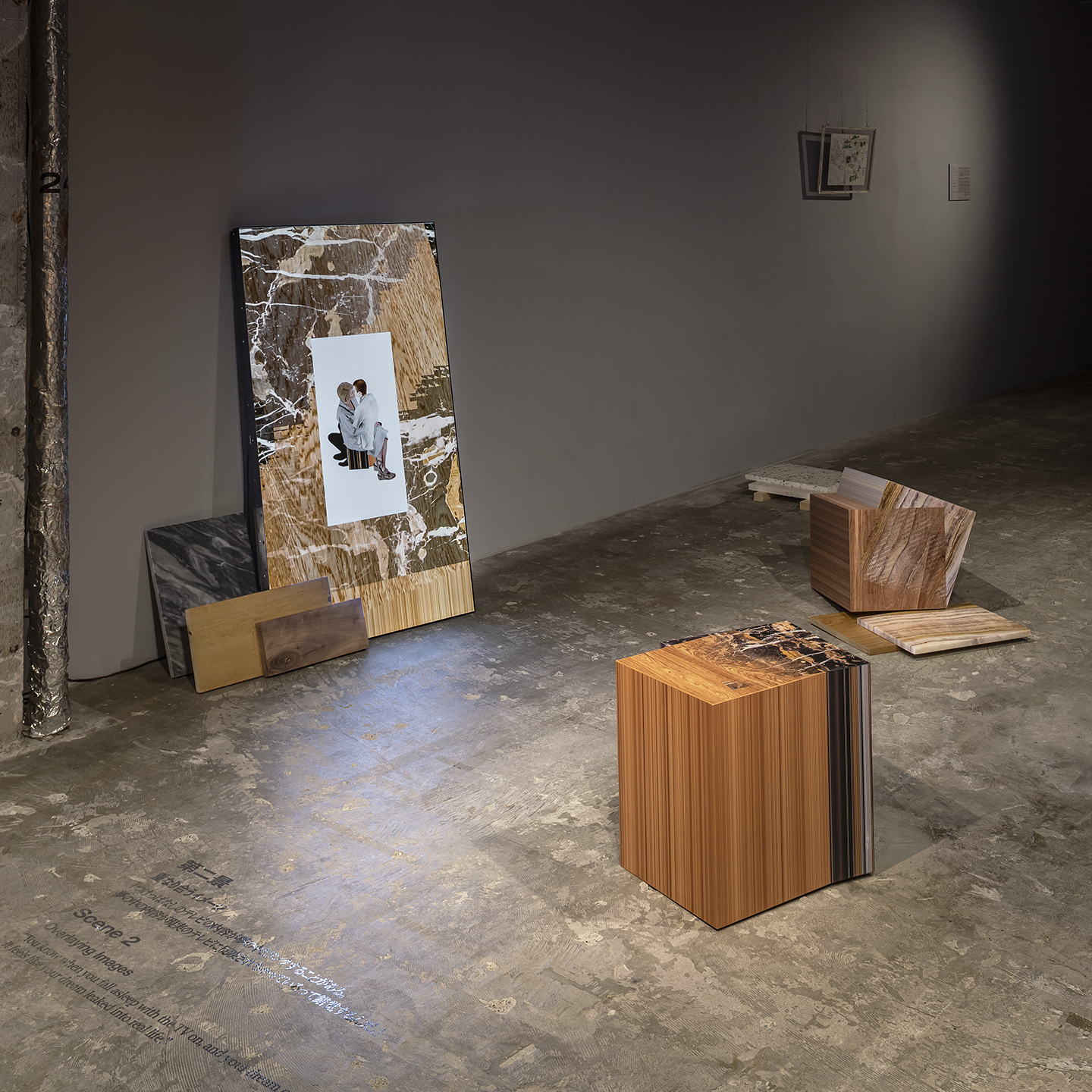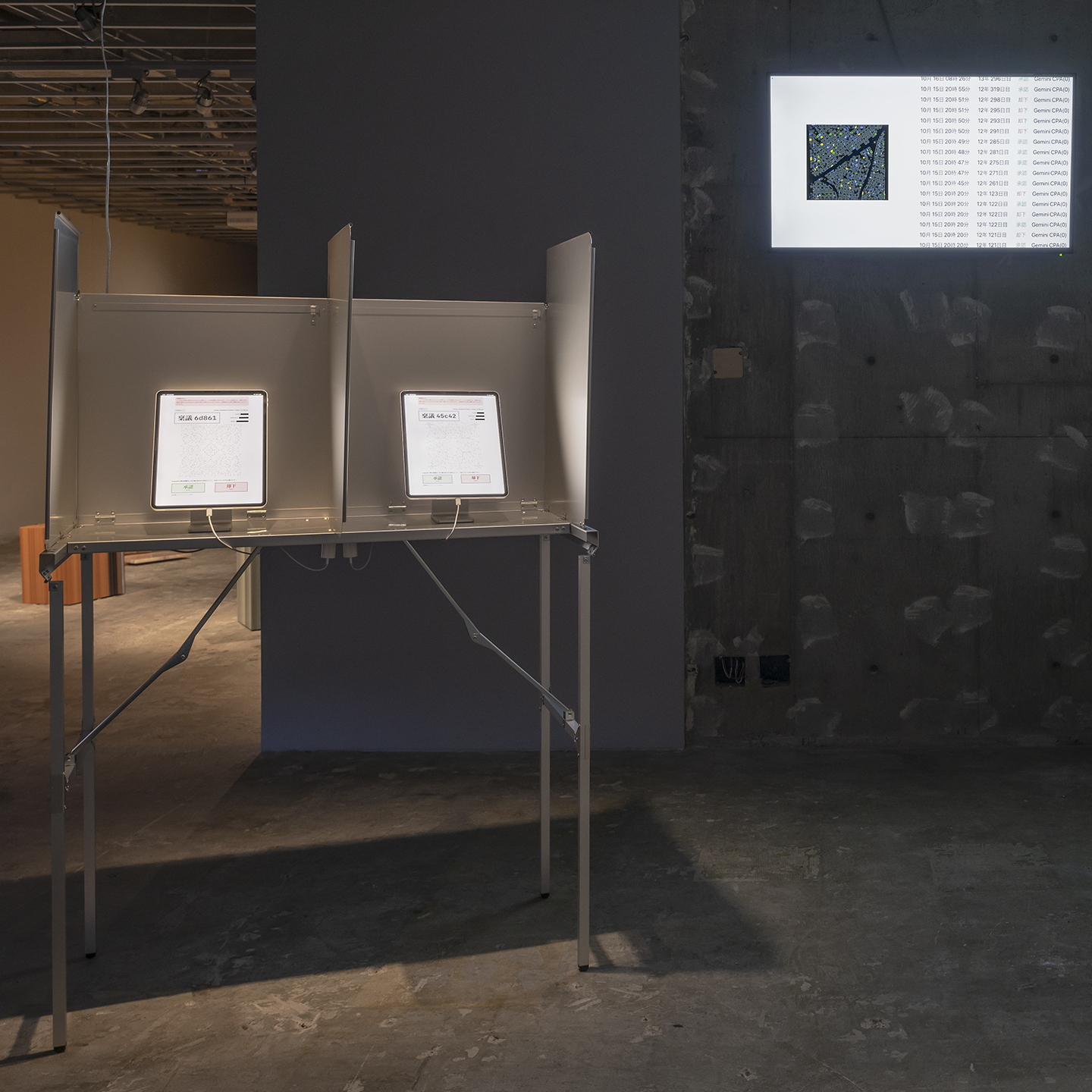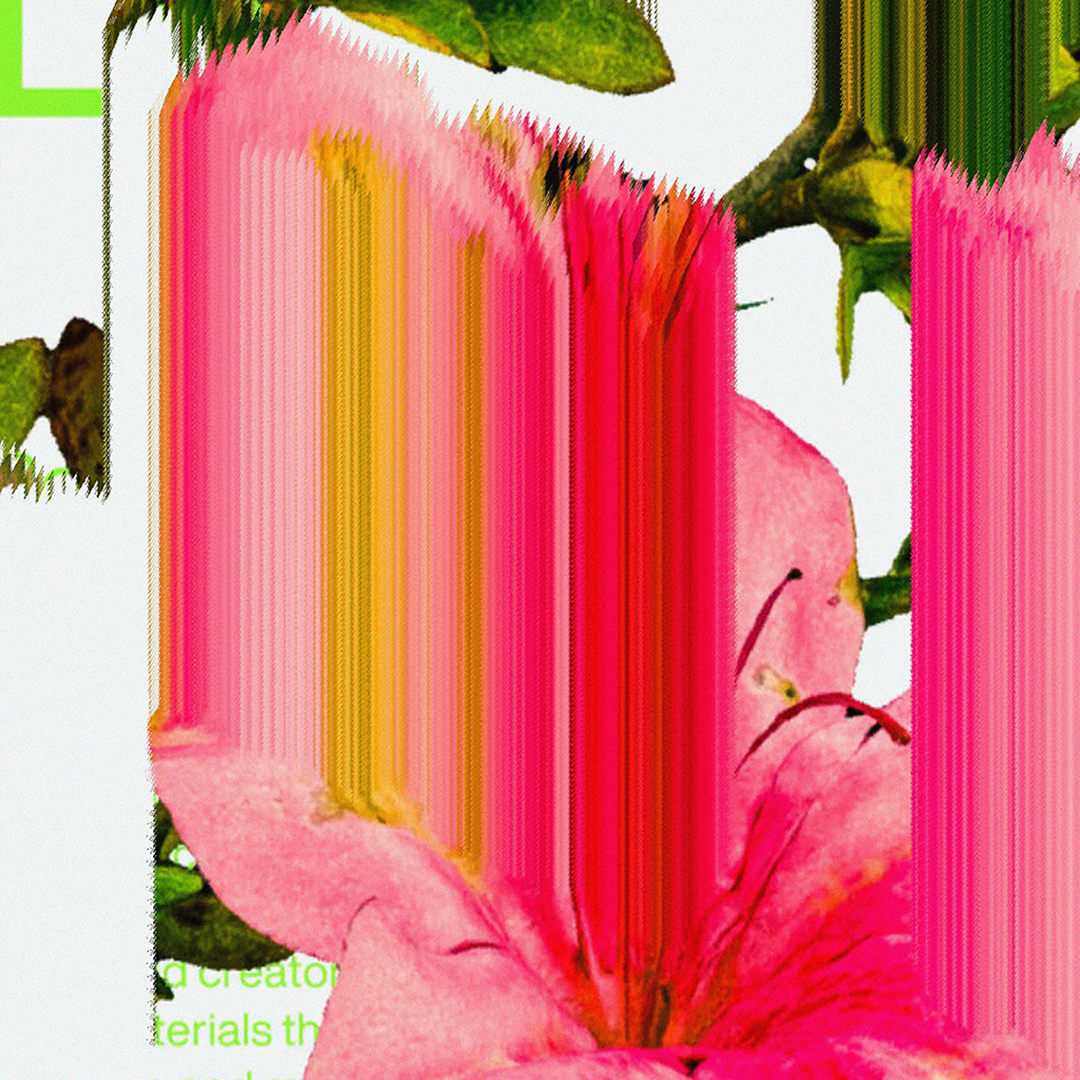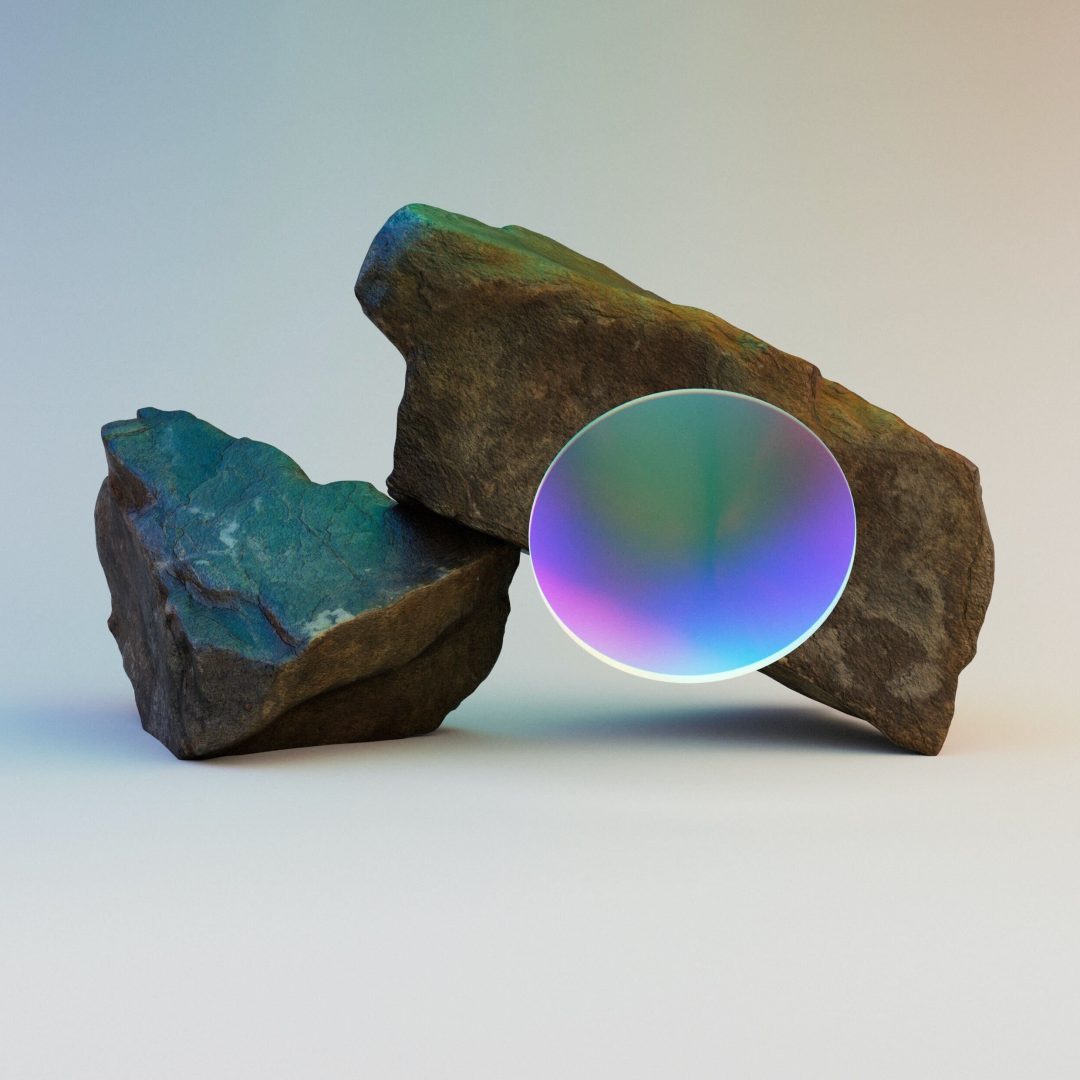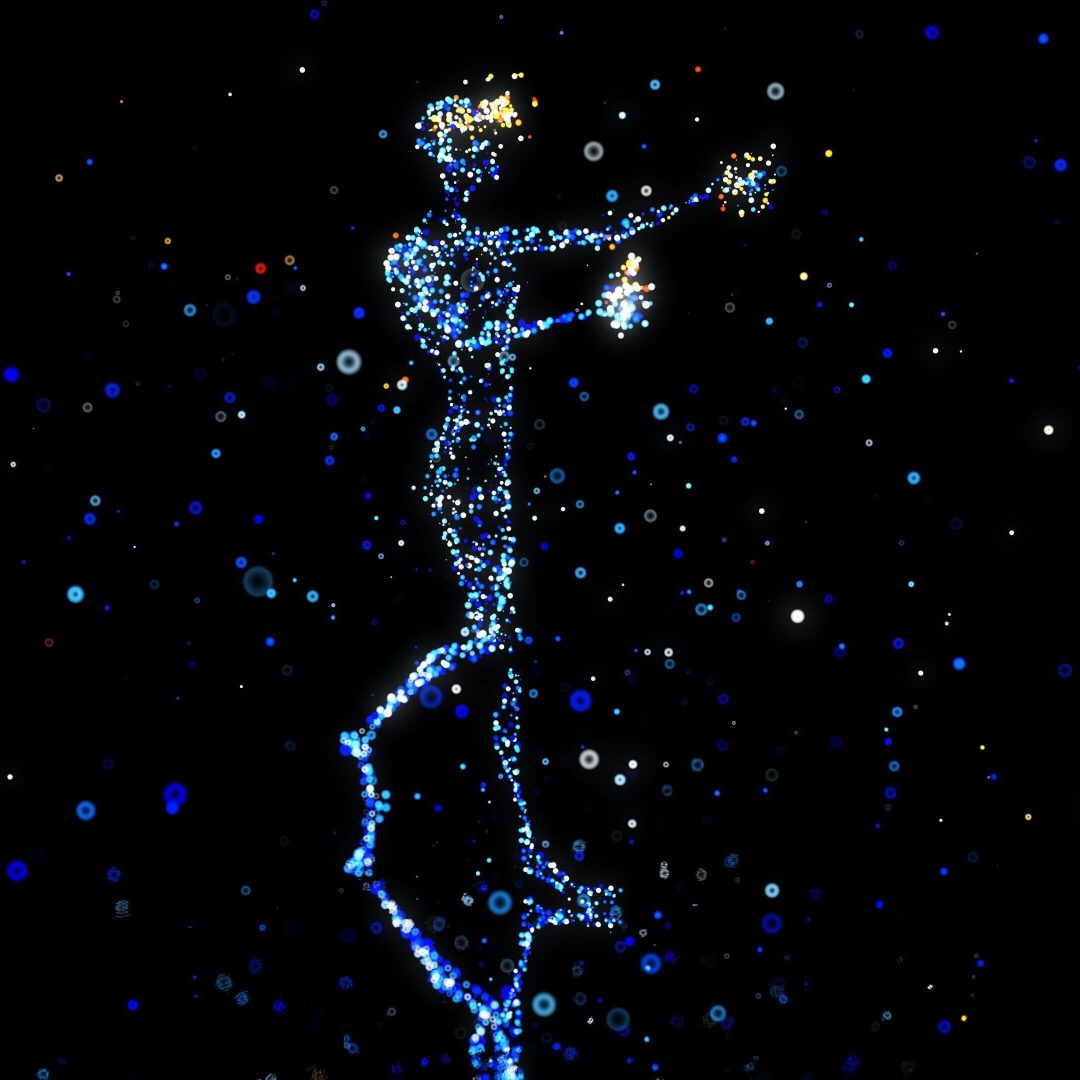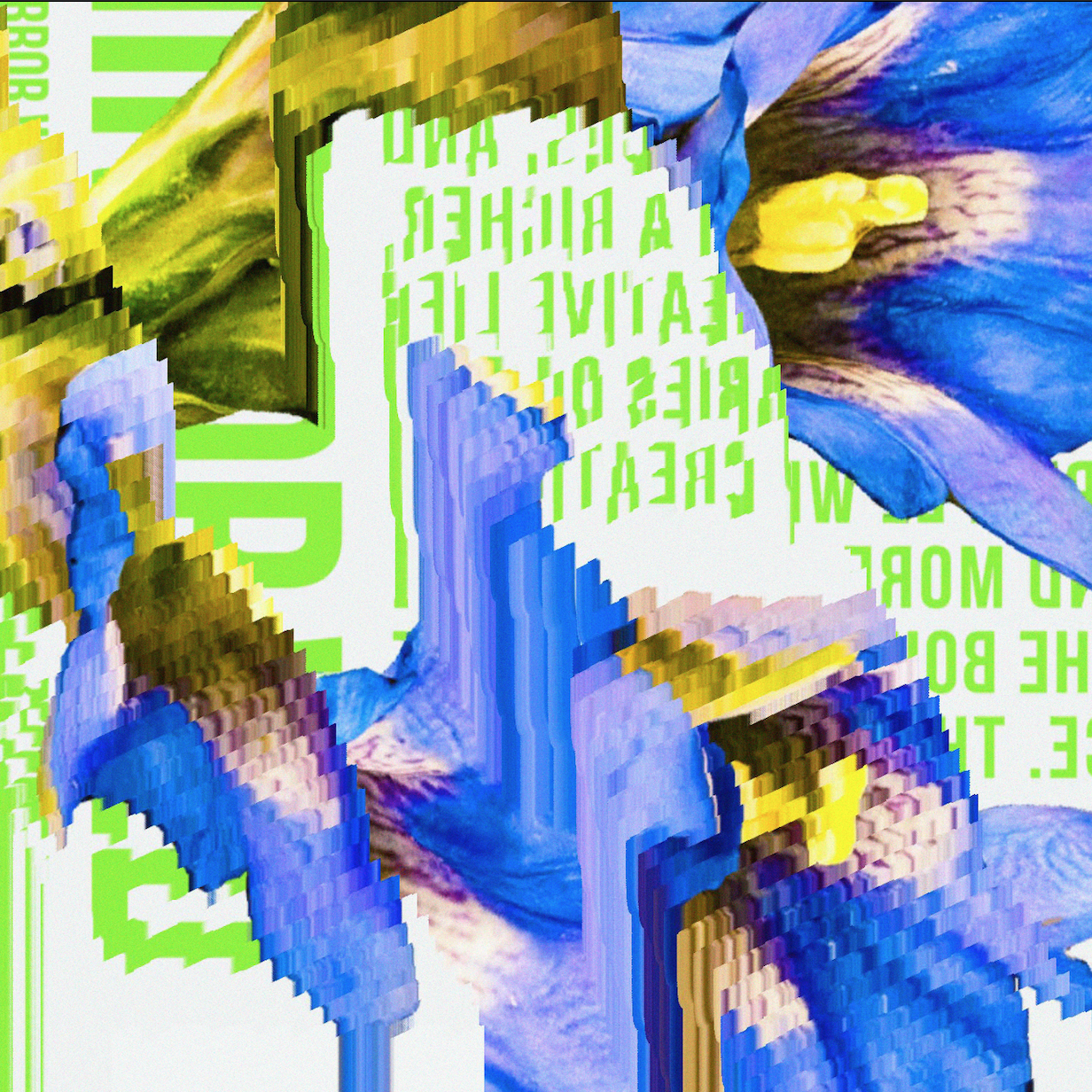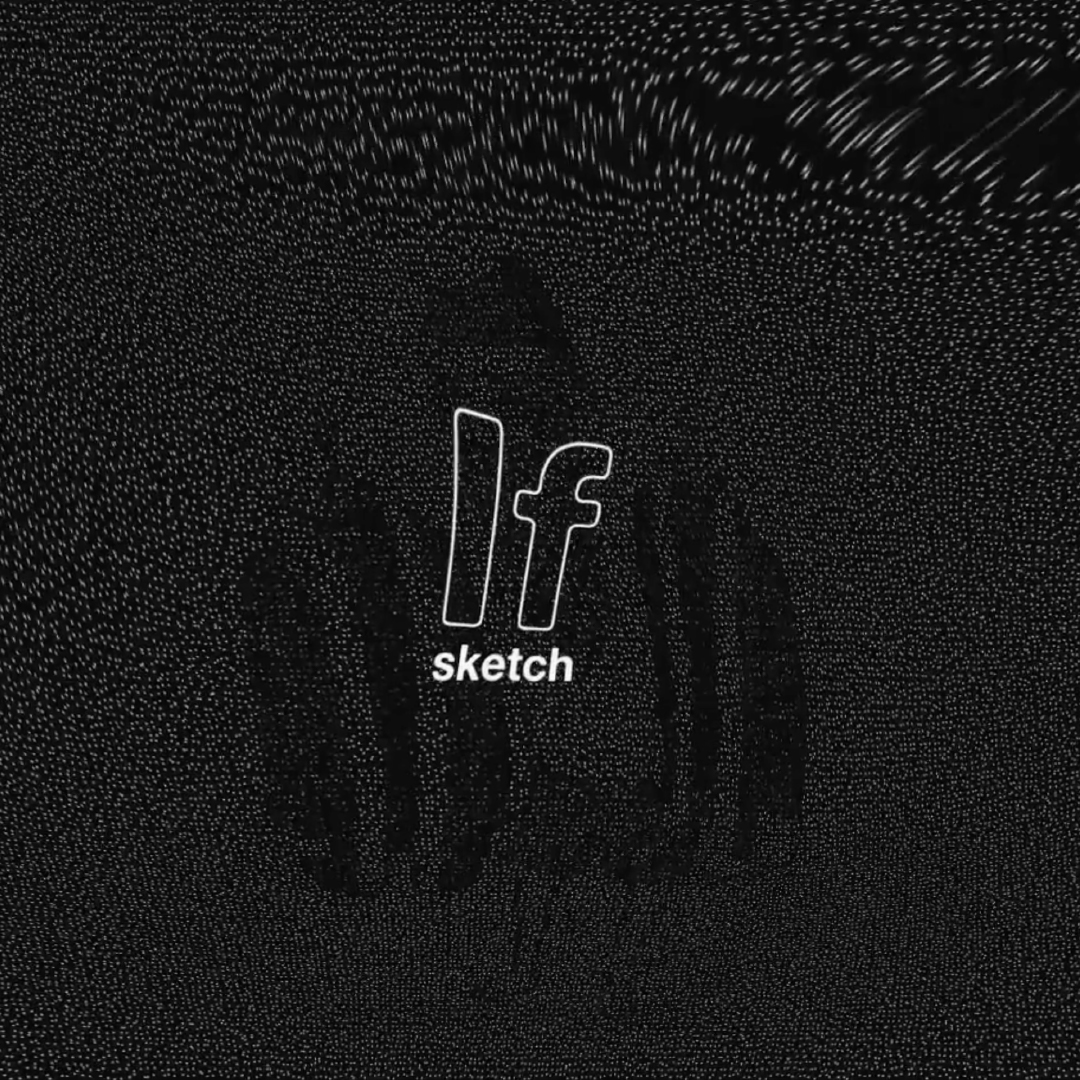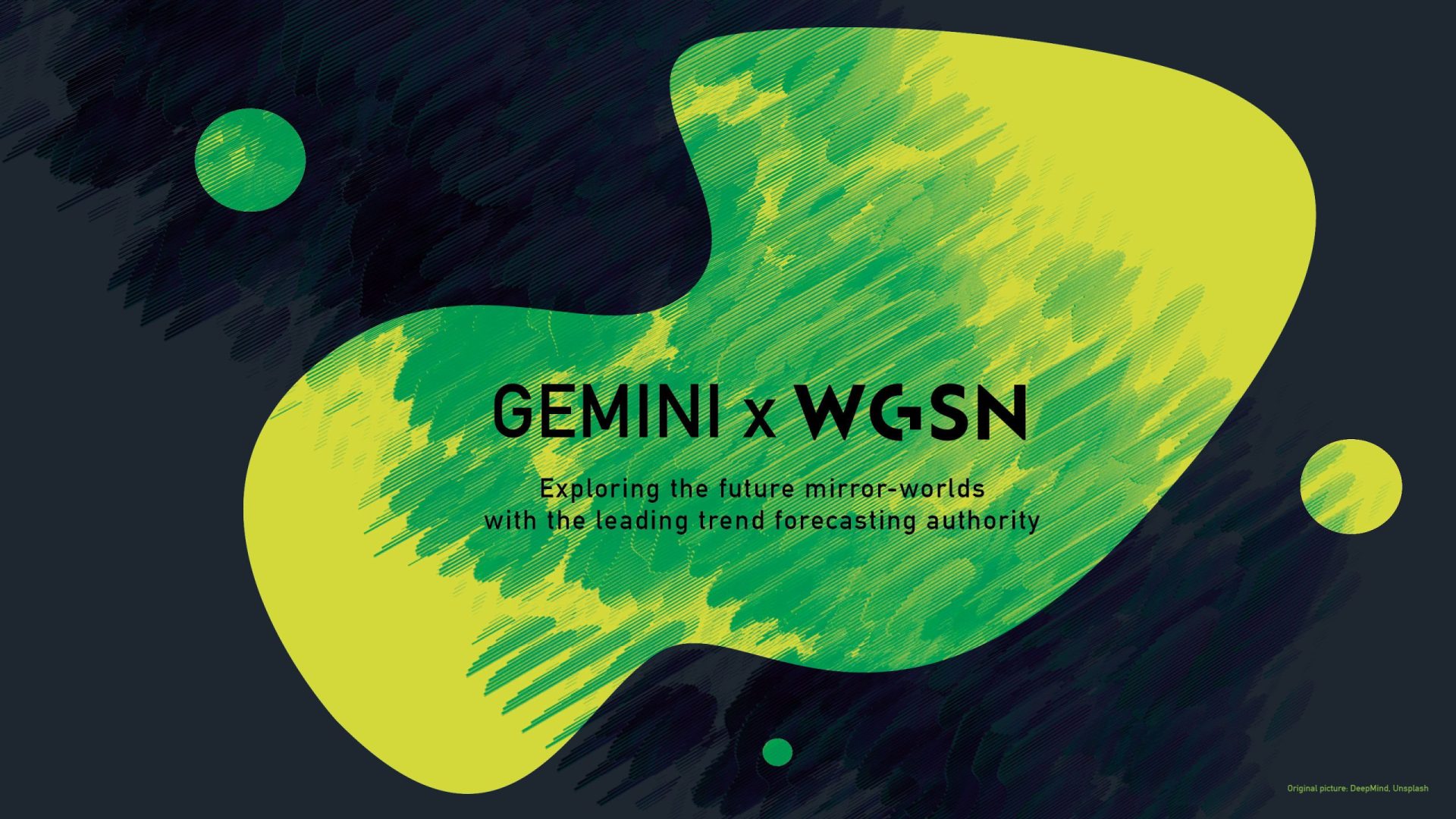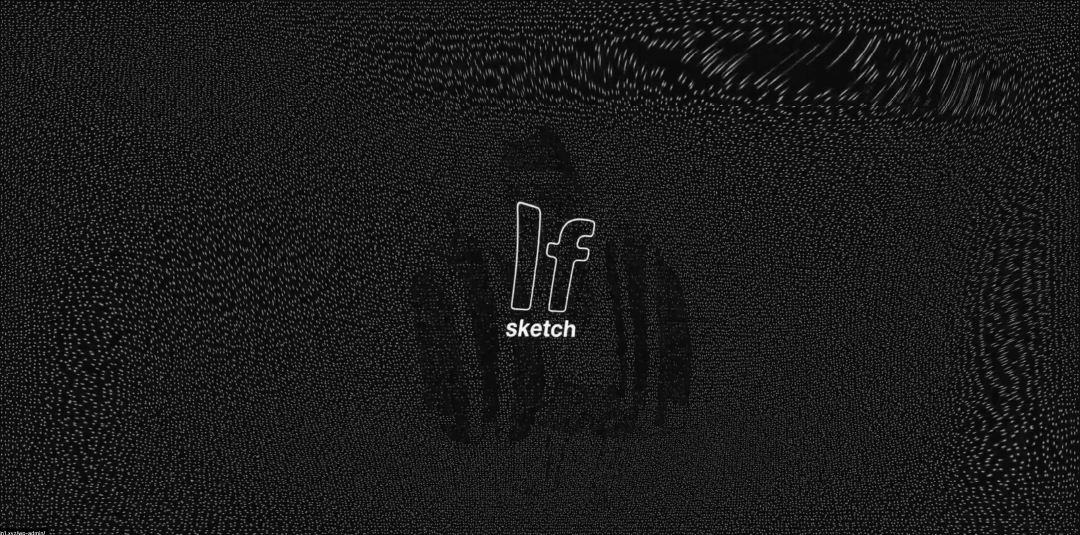David OReilly is an artist who began his career in 3DCG animation and has recently expanded into video game production and the realm of media art. The new works are exhibited at the exhibition DXP (Digital Transformation Planet): Towards the Next Interface at the 21st Century Museum of Contemporary Art, Kanazawa, Ishikawa.
When we look over each of OReilly’s works, a consistent theme emerges. On the other hand, from the controlled style of “works that could only be expressed by technology” in the early stage of his career, he seems to be gradually moving toward “a contradiction in which a world that cannot be controlled by technology being expressed by technology”.
Unfortunately, due to the earthquake that occurred on New Year’s Day, The Exhibition Zone of Kanazawa’s 21st Century Museum of Contemporary Art is currently closed (as of 16 February 2024). It seems that we ourselves are facing “nature and reality that cannot be controlled by technology”. How does he view the relationship between technology and human beings now? We spoke to OReilly online in Ireland.
DXP (Digital Transformation Planet): Towards the Next Interface
The exhibition DXP (Digital Transformation Planet) Towards the Next Interface started on October 7, 2023 at 21st Century Museum of Contemporary Art, Kanazawa. David OReilly exhibits Eye of the Dream, an interactive installation that reorganizes the Big Bang, the birth of the universe, into the four worlds of “space,” “fire,” “water,” and “spirit,” and Artificial Life, video works that use artificial life as their theme. Due to the earthquake that occurred on January 1, 2024, the exhibition is currently closed (as of February 16, 2024).
>View Site
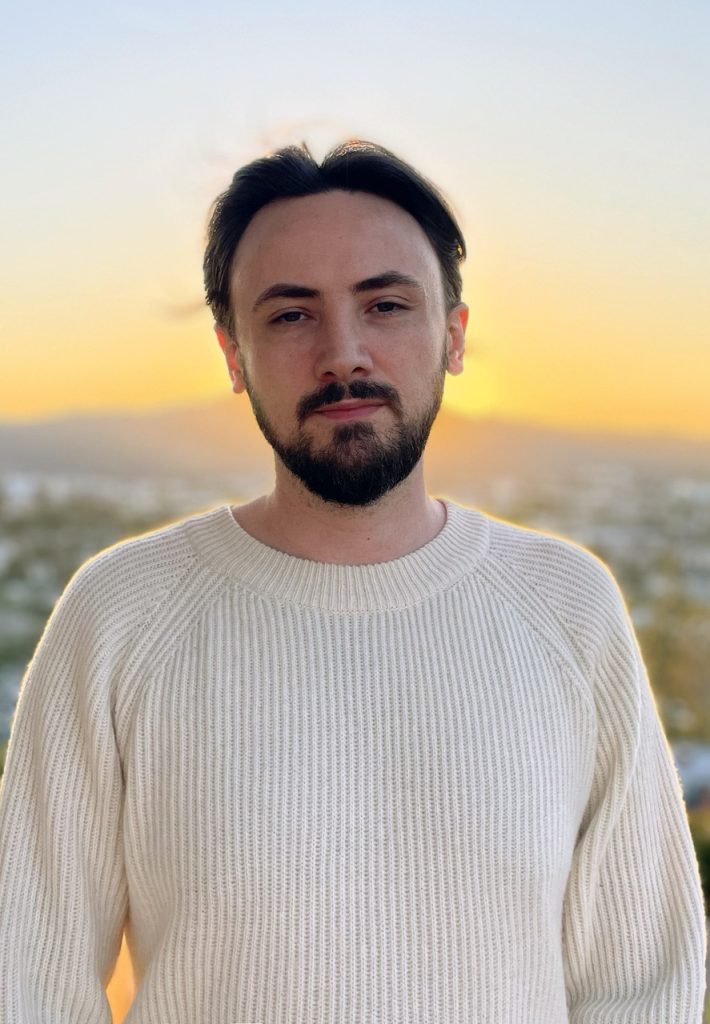
David OReilly is a US-based media artist who has worked across design, animation, and interactive art. He also collaborated with Spike Jonze on the film Her, for which he created a 3D hologram of the video game that appears in the film. He is also known for his production of simulation games such as Mountain and Everything
Natural disaster in the middle of the DXP exhibition at 21st Century Museum of Contemporary Art, Kanazawa
—By the time of this interview, the Noto Peninsula of Japan was hit by a major earthquake, and 21st Century Museum of Contemporary Art, Kanazawa where OReilly’s works are exhibited, has also been closed due to the earthquake. (*As of January 2024, at the time of the interview. Currently, some sections are reopened.)
OReilly:I was shocked to hear the news. In retrospect, there is something very strange about my relationship with Japan.
In 2011, I exhibited a project related to Fukushima Prefecture, but it was affected by the Great East Japan Earthquake. In 2020, I had a large-scale installation at Fukuoka Airport that took about 6 months to produce, but before it could be shown to the public, the airport was closed due to the pandemic.
I have the feeling that such things will repeat themselves, but I also know that Japan’s culture itself was built while experiencing the trauma of disasters, so I believe that both disasters and culture are connected.
—The earthquake was unforeseeable, but your works make us keenly aware of the power of nature and space, which humans cannot predict or control.
OReilly:We are reminded of how fragile our existence is in the face of forces greater than human beings. Especially nowadays, for example, we may feel invincible or safe in virtual space, but in reality, life is limited and fragile. This news is of course a big shock to me, but at the same time, I feel that it corrects my perspective on life and people.
David OReilly’s 2017 game work, Everything. The player can become all things, including atoms, animals, and planets. The same year he won the Grand Prize for Ars Electronica.
”Animate” artificial objects and explore the relationship between the visual and auditory senses.
—First of all, Eye of the Dream, which expresses the Big Bang, the birth of the Space, is an interactive work that changes in response to the audience’s sounds. How did you come up with the idea?
OReilly:Animation has a long history of experimenting with how to combine image and sound. In this sense, I have been interested in how to abstract the relationship between visual and audio.
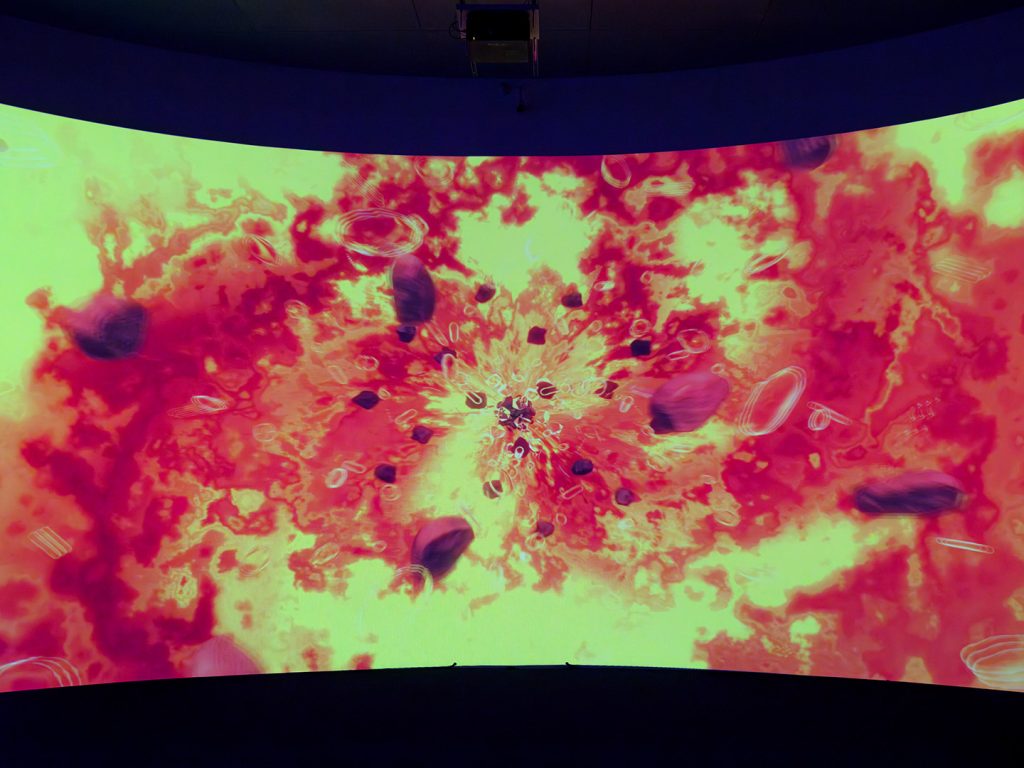
Installation view: “DXP (Digital Transformation Planet): Towards the Next Interface,” 21st Century Museum of Contemporary Art, Kanazawa, 2023
Photo:MORITA Kenji
OReilly:The objects used in this work are all 3D models that have been used in my past works, which I have created over the past 15 years. This time, as an installation, I considered how I could arrange the relationship between moving objects and sound.
The non-interactive version, the predecessor of this work, is dedicated to the German abstract animation artist Oskar Fischinger. I was inspired by his works that follow the relationship between image and sound.
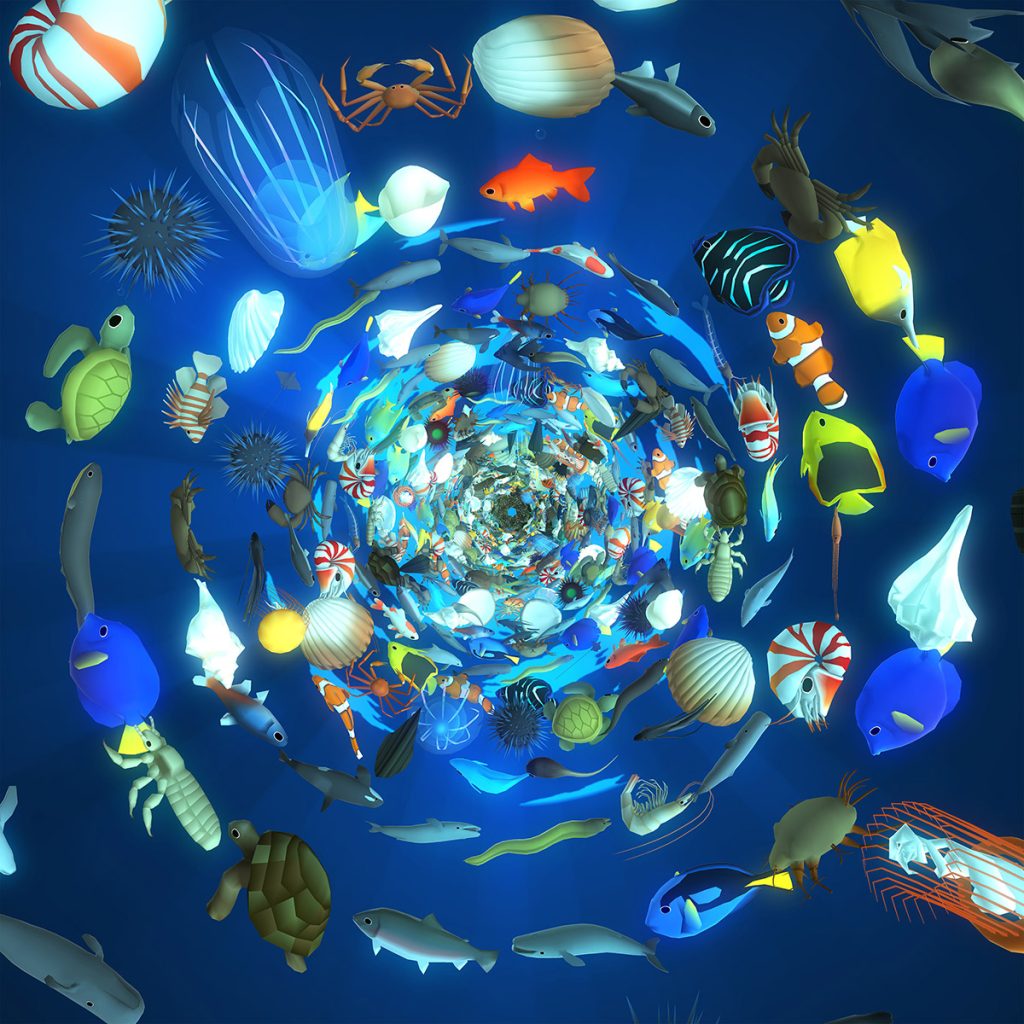
Eye of the Dream, 2018 © David OReilly
—The other exhibit, Artificial Life, is a video work based on the motif of “artificial life”. Why did you choose this kind of subject matter for this exhibition?
OReilly:In my studio, I have various experimental works that have not yet been presented. When Yuko Hasegawa, the curator of the exhibition, visited my studio, she looked at them and said, “I want to show these in the exhibition,” and that is the original form of this work. Then I suggested that it be like a short documentary video, and we decided to make the work as it is now.
—Artificial life is a theme that has long been pursued by mathematicians and engineers, such as Game of Life*. However, I have the impression that the approach of Artificial Life is different from the research of such predecessors.
*Game of Life: A game that simulates the birth, evolution, and death of life through four rules.
OReilly:That’s right. In my work, artificial life is viewed from the viewpoint of animation as technology.
The medium of animation has always been involved with technology. As I show in this work, there is a great aesthetic quality to the simulation of life. This short video is a small experiment for me. I made it to show the possibilities of how artificial life can relate to animation.
The word “animation” is derived from the word “animate,” which means to move or give life to something. In this sense, the question of the difference between real life and artificial life, and the boundary between the two, presented in this work, resonates with the question at the root of animation.

Installation view: “DXP (Digital Transformation Planet): Towards the Next Interface,” 21st Century Museum of Contemporary Art, Kanazawa, 2023
Photo:MORITA Kenji
Using technology as a “warning” against a situation dominated by technology.
—You have worked in a variety of media, from early-stage animation to video games and media art. What is your intention in doing so?
OReilly:The world is changing rapidly, and the forms of media in which people experience art are also changing. Expression is created by tools, and I believe that it is the artist who responds to the changes that are intertwined with various elements.
I am interested in how I can express through my medium what I cannot easily express otherwise. I feel happiest when I can respond to the world in an improvisational way. Therefore, my style has changed in the past, and I think it will continue to change in the future.
Mountain (2014), a game by David OReilly that keeps looking at a mountain in the sky.
—I would like to ask you about the change in your motifs in recent years. Your early works gave a strong impression of using digital animation to depict artificial things, but recently it seems that you often use video games and media art to depict motifs such as nature and space that cannot be controlled by human beings.
OReilly:I have not analyzed the change in motifs myself, but my feelings about technology have definitely changed compared before.
When the Internet first appeared, it was a symbol of freedom for me. When I started out, I was focused on proving that the computer could function as an artistic tool.
I still feel that way, but now technology has become the center of society, monopolized by large corporations such as Google and Amazon, which have grown so large that they have become, in a sense, monstrous. People’s lives have become dependent on machines, and I think that humanity as a species is in a precarious and dangerous position.
This situation has paradoxically motivated me to create works. I use technology to tell people about space, nature, and what it means to be alive in the first place. In other words, I use technology as a tool to warn people. I think this change in my thinking about technology has led to a change in motifs.

Eye of the Dream, 2018 © David OReilly
OReilly:When I look back over the past 20 years or so, I think that technology has been developed by a small number of companies that pursue profits. These companies not only develop technology, but also control how technology is received by people.
AI and other evolving technologies are also being developed by companies to pursue profits. I believe that this also leads to controlling of people’s thoughts. In that sense, I think the question is how much we can be conscious of such a situation, and whether we can go beyond the limits of our own consciousness, and that is exactly what I am thinking about now.
What is sense of crisis for human autonomy and what is our “happiness”?
—So, the change in motifs and style reflects a sense of crisis about the situation of contemporary society and humankind?
OReilly: The problem now is that technology controls people’s autonomy in ways we are unaware of, that are beyond our perception.
How can we develop technology while considering human autonomy at the center, rather than profit? That is my current interest.

Eye of the Dream, 2018 © David OReilly
—Your story makes me wonder if our lives are just being controlled by technology. Therefore, it also makes me think about what “human happiness” is.
OReilly: The question of happiness is a popular theme. From my point of view, its more important to pursue truth, awakening, clarity.
The line between entertainment and art is also relevant. I believe that truly great works are those that bring us closer to the realm of the divine and the spiritual beyond the human. On the other hand, entertainment deepens the illusion. It distracts us from the truth.
This may be related to the fact that I have shifted from animation works, which have linear narratives, to creating artworks that explore the possibilities of spiritual experiences.
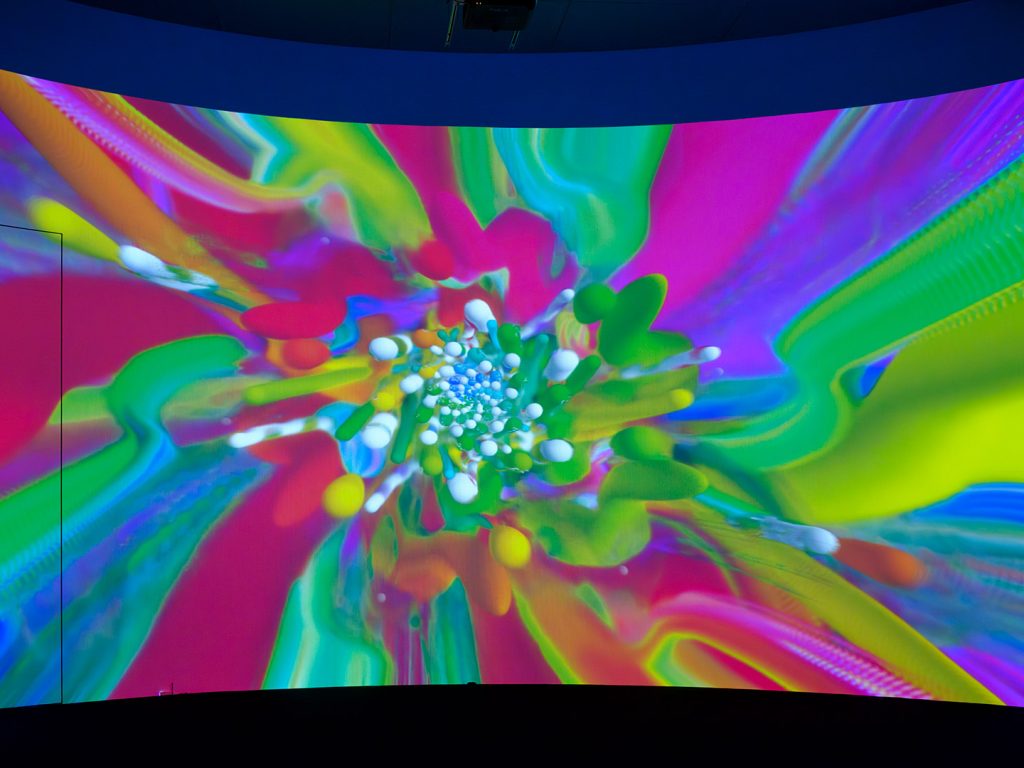
Installation view: “DXP (Digital Transformation Planet): Towards the Next Interface,” 21st Century Museum of Contemporary Art, Kanazawa, 2023
Photo:MORITA Kenji
OReilly: The situation may be different from Japan, but I think that in Europe, the realm of spirituality has disappeared in the past 100 years or so. Nobody can talk about God.
Looking back over human history, it used to be a part of the way of life to be connected to something greater than oneself, but this is becoming less and less the case, at least in developed countries. It seems to me that the thinking has become that happiness is the pursuit of personal pleasure and satisfaction.
What is needed is a sense of collective unity. It is precisely because we live in such an era that we need a spirituality that is suited to the changed human condition of today.
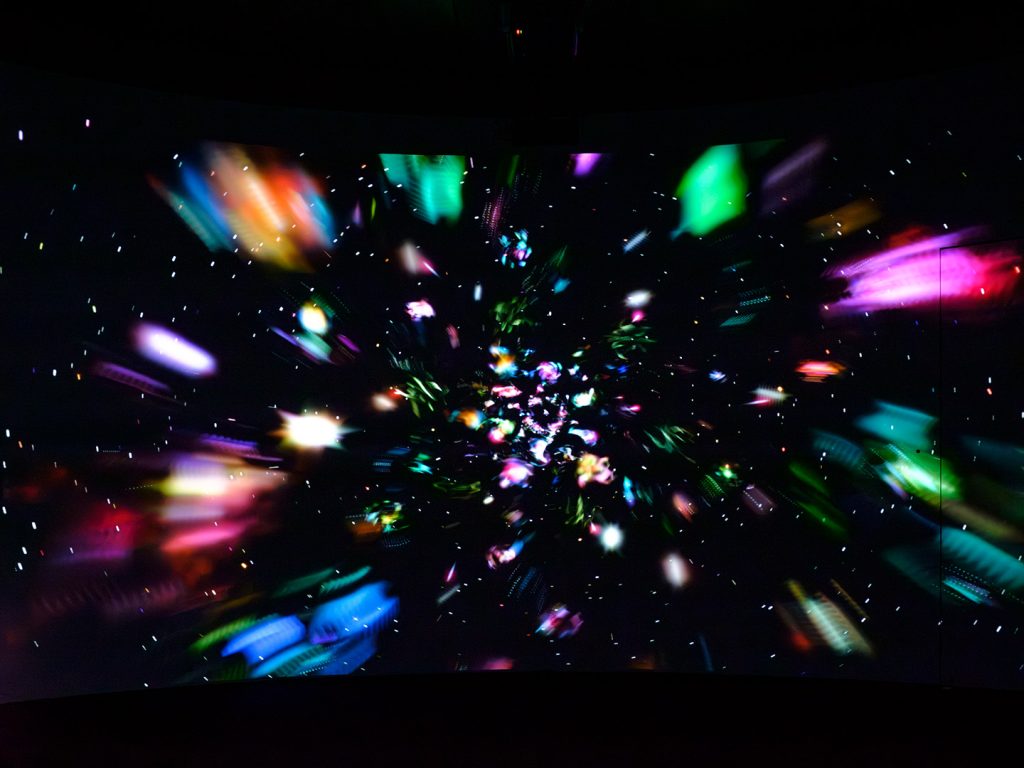
Installation view: “DXP (Digital Transformation Planet): Towards the Next Interface,” 21st Century Museum of Contemporary Art, Kanazawa, 2023
Photo:MORITA Kenji
Now is a time of transformation for the world. We must look at the mistakes of the past and create a new system.
—Last but not least, Mr OReilly, can you tell us what your vision is for the future of the world and society as a whole?
OReilly: I think the world we live in now often feels like a dystopia. I think we are in a period of transformation, in all dimensions, where previous systems are collapsing, and new systems are being born.
What we have to remind ourselves of is that forces in reality are always cyclical. After repeated changes, we may finally reach a very positive place, but it will be with great pain and difficulty. I believe that things are going to get worse before they get better.
But there is hope. So long as change is occurring, there is an opportunity to create the foundation for the next world. I believe that is what we must do now.
To create a new system while taking into account the various mistakes we have made in the past. Furthermore, I believe that such mistakes of our past have been caused by the limits of human perception and the limits of what we can recognize, so if we can make changes while considering this, there is hope for us. But I don’t know what will happen, and we will just have to wait and see.
Information
-
DXP (Digital Transformation Planet): Towards the Next Interface Saturday, October 7, 2023 – Sunday, March 17, 2024 Venue : 21st Century Museum of Contemporary Art, Kanazawa *Due to the Noto Peninsula earthquake, the exhibition is suspended. Part of the exhibition art works will be exhibited in the Public Zone (As of February 16 2024).
- Related Link: https://www.kanazawa21.jp/data_list.php?g=81&d=221
Guest bio
-
David OReilly
David OReilly
David OReilly is a US-based media artist. He has been involved in design, animation, and interactive art across the board. He was also in charge of the 3D hologram for the video game that appeared in the film Her in collaboration with Spike Jones. He is also known for his production of simulation games such as Mountain and Everything.
- Related Link: https://www.davidoreilly.com/
Co-created by
-
Hajime Kasai
Writer
Hajime Kasai
Writer
With the stance of "genre-composite writing," he produces texts that transcend different genres, such as film, animation, contemporary art, literature, and sports, with video games at the core. He is the co-author of Indie Game: A Deep Guide to the New Century (P Vine, 2022).
- Related link: http://site-1400789-9271-5372.strikingly.com/
- Related link: https://twitter.com/EAbase887
Tag
Share
Discussion
Index
Index
Archives
Recommend
Recommend
Recommend
Recommend
Recommend
-

{ Special }
Advanced Color Systems: 『2027 advanced color innovations』
Advanced Color Systems: 『2027 advanced color innovations』
Advanced Color Systems: 『2027 advanced color innovations』
-

{ Prototype }
A World In The Nostalgic Mirror “Mirror”—Ayumi Kanno “GEMINI EXHIBITION: Debug Scene” Artist Interview 05
A World In The Nostalgic Mirror “Mirror”—Ayumi Kanno “GEMINI EXHIBITION: Debug Scene” Artist Interview 05
A World In The Nostalgic Mirror “Mirror”—Ayumi Kanno “GEMINI EXHIBITION: Debug Scene” Artist Interview 05
-

{ Special }
Technology for the imagination age
Technology for the imagination age
Technology for the imagination age
-

{ Community }
Interview with Oriza Hirata, Playwright, about the Difference between Robots and Humans. Why Do People Fear Technology?
Interview with Oriza Hirata, Playwright, about the Difference between Robots and Humans. Why Do People Fear Technology?
Interview with Oriza Hirata, Playwright, about the Difference between Robots and Humans. Why Do People Fear Technology?
Hot topics
Hot topics
Hot topics
Hot topics
Hot topics
-

{ Community }
Scent Transcends Memory to Change Behavior. The Future of Digital x Olfaction, by Scent Marketing Pro Gouchi Hamada
Scent Transcends Memory to Change Behavior. The Future of Digital x Olfaction, by Scent Marketing Pro Gouchi Hamada
Scent Transcends Memory to Change Behavior. The Future of Digital x Olfaction, by Scent Marketing Pro Gouchi Hamada
-

{ Community }
The stage is a restroom designed by Tadao Ando. Possibilities of media mix that GEMINI pioneers.
The stage is a restroom designed by Tadao Ando. Possibilities of media mix that GEMINI pioneers.
The stage is a restroom designed by Tadao Ando. Possibilities of media mix that GEMINI pioneers.
-

{ Community }
“Conveying the Moment of ‘Now’ in History: Catalan Artist Xavi Bové’s Light Expressions”
“Conveying the Moment of ‘Now’ in History: Catalan Artist Xavi Bové’s Light Expressions”
“Conveying the Moment of ‘Now’ in History: Catalan Artist Xavi Bové’s Light Expressions”
-

{ Community }
“Designing with Heart: How Amanda Talbot is shaping a better future through emotionally intelligent AI”
“Designing with Heart: How Amanda Talbot is shaping a better future through emotionally intelligent AI”
“Designing with Heart: How Amanda Talbot is shaping a better future through emotionally intelligent AI”
-

{ Community }
Unearthing the Future: How ancient history can guide modern innovation with Darius Arya
Unearthing the Future: How ancient history can guide modern innovation with Darius Arya
Unearthing the Future: How ancient history can guide modern innovation with Darius Arya
-

{ Community }
Interview with Masayoshi Yokoyama from Ryu Ga Gotoku Studio. Talks about reality in games and the future of the industry
Interview with Masayoshi Yokoyama from Ryu Ga Gotoku Studio. Talks about reality in games and the future of the industry
Interview with Masayoshi Yokoyama from Ryu Ga Gotoku Studio. Talks about reality in games and the future of the industry
-

{ Community }
The new form of pilgrimage. What is the border of real and fictional worlds that Petra Szemán pictures?
The new form of pilgrimage. What is the border of real and fictional worlds that Petra Szemán pictures?
The new form of pilgrimage. What is the border of real and fictional worlds that Petra Szemán pictures?
Special
Special
Special
Special
Special
Featured articles spun from unique perspectives.
What Is
“mirror world”...
What Is
“mirror world”...
What Is
“mirror world”...
What Is
“mirror world”...
What Is
“mirror world”...
“mirror world”... What Is
“mirror world”... What Is
“mirror world”... What Is
“mirror world”... What Is
“mirror world”...
Go Down
Go Down
Go Down
Go Down
Go Down
The Rabbit
The Rabbit
The Rabbit
The Rabbit
The Rabbit
Hole!
Hole!
Hole!
Hole!
Hole!
Welcome To Wonderland! Would You Like To Participate In PROJECT GEMINI?


